“Reisen – es lässt dich sprachlos, dann verwandelt es dich in einen Geschichtenerzähler.” – Ibn Battuta | “Traveling – it leaves you speechless, then turns you into a storyteller” – Ibn Battuta
Meine eigene Reise in die Welt der Fotografie hat eigentlich mit dem Reisen als einer wichtigen Inspirationsquelle angefangen. Da war er, der Wunsch neue Orte, Kulturen und Lebensweisen zu entdecken, bisher noch nicht bekanntes Essen auszuprobieren und durch Straßen zu schlendern, in den andere Gerüche herrschen und andere Sprachen klingen. Da war noch der Wunsch all das in Fotos festzuhalten, die mich eines Tages noch einmal in die schöne Zeit eintauchen lassen würden.
Vor zwei Jahre – schon so lange ist es her – reiste ich mit dem Auto über 2000 km durch ganz Marokko und möchte meine Eindrücke mit euch teilen. Vielleicht inspiriert es auch manche, dieses abwechslungsreiche Land für sich zu entdecken? Bevor der Flieger in Marrakesch gelandet ist, wusste ich nicht besonders viel über dieses Land und ließ mich einfach von allem überraschen. Das einzige, was ich auf mich zukommen sah, waren die vielen Ornamente, der endlose Markt unter freiem Himmel und die verworrenen Gassen in der Innenstadt oder genauer gesagt “Medina”, wie sie in Marokko genannt wird. Aber während dieser 10-tägigen Reise kam so viel mehr auf mich zu!
english
My own journey into the world of photography actually began with traveling as an essential source of inspiration. There was the desire to discover new places, cultures and ways of life, the desire to try out previously unknown dishes and to stroll through streets where other smells and languages prevail. There was also the wish to capture all this in photos which would one day would let me dive into the beautiful time again.
Two years ago – that long has passed since – I travelled over 2000 km by car all over Morocco and would like to share my impressions with you. Maybe it will inspire some of you to discover this diverse country for yourself? Before the plane landed in Marrakech, I didn’t know much about this country and let everything surprise me. The only thing I saw coming towards me were the many ornaments, the endless market under the open sky and the tangled narrow streets in the city centre or more precisely “medina ” as it is called in Morocco. However, during this 10-day trip so much more came my way!
Der süße, frisch aufgebrühte Minztee ist eines meiner absoluten Highlights geworden! Alleine schon deshalb würde ich gerne noch eimal nach Marokko reisen, denn der Geschmack ist mit keinem anderen Tee wirklich vergleichbar. Auch wenn ich Zuhause versuchte, es nachzumachen schmeckt es ganz anders. Es liegt bestimmt an der Minzsorte oder vielleicht doch an der Atmosphäre des Ortes, an dem man diesen Tee trinkt oder einer anderen Geheimzutat?
Die Rundreise began und endete in Marrakesch, einer Stadt, in der Tradition und Moderne untrennbar ineinander verflochten sind. Den authentischen Flair findet man aber vor allem innerhalb der Medina. Jedoch, wenn man die dort kann man die Stadtmauern betritt, muss man sich bereits auf eine Entdeckungsreise ohne ein bestimmtes Ziel einstimmen und extra Zeit einplanen (zumindest am ersten Tag), da Google Maps dort einfach nicht funktionieren. Die Gassen sind einfach zu verworren und die Navigation liegt fast immer falsch. Deswegen wird man vor der Stadtmauer meist vom Hotelangestellten abgeholt und es wird einem der Weg zum Riad gezeigt, wortwörtlich „Garten mit Bäumen“ – es bezeichnet in Marokko ein traditionelles städtisches Wohnhaus mit begrüntem Innenhof. Von außen sieht man überall nur hohe ocker- und sandfarbene Wände ohne Fenster, im Vorbeigehen ist es daher leider nicht möglich zu sehen, welche Paläste sich dahinter verbergen könnten. Was für eine Überraschung ist es dann, wenn man ein wahrhafte Oase an Schönheit entdeckt. Da waren schon diese berühmten farbenfrohe Mosaiken, handgeschnitzte Dekorationen, handgewebte Kissen und Decken aus traditionellen Stoffen, kleine Fontäne, Palmen und Kakteen.
english
The sweet, freshly brewed mint tea has become one of my absolute highlights! Already therefore I would like to travel to Morocco once more, because the taste is not really comparable with any other tea. Even if I tried to make it at home, it tastes completely different. It is certainly depending on the kind of mint or maybe it is because of the atmosphere of the place where you drink this tea or some other secret ingredient?
The trip began and ended in Marrakech, a city where tradition and modernity are inseparably connected. The authentic flair, however, is especially to be found within the medina. However, once you enter the city walls you have to be prepared for a discovery walk without a specific destination and plan extra time (at least on the first day), as Google Maps simply don’t work there. The alleys are easy to confuse and the navigation is almost always wrong. That’s why you are usually picked up by a hotel employee in front of the city wall and guided to the Riad, literally “garden with trees” – in Morocco it means a traditional urban house with a green courtyard. From the outside you can see everywhere only high ochre and sand-coloured walls without windows, so when passing by it is unfortunately not possible to see which noble palaces could be hidden behind them. What a surprise it is then when you discover a real oasis of beauty. Here you can see these famous colorful mosaics, hand-carved decorations, hand-woven cushions and blankets made of traditional fabrics, small fountains, palm trees and cactuses.
Der Weg führte mich weiter Richtung Sahara-Wüste durch sich immer abwechselnde Landschaften, die ich auf diese Weise noch in keinem anderen Land erlebt habe. Da waren Städte aus Lehm, die aus den Bergen herausragten und leicht übersehen werden konnten, karge Vegetation mit rotem Sand und eine Stunde später – endlose grüne Wiesen mit meergrünen Seen. Mitte März herrschte auf dem Land Mandelblüte, so wunderschön anzusehen und duftend, und es fiel mir schwer, nicht ständig am Straßenrand anhalten zu wollen.
english
The road led me further towards the Sahara desert through ever-changing landscapes, which I have never experienced in this way in any other country. There were towns made of clay that popped out of the mountains and could easily be overseen, sparse vegetation with red sand and an hour later – endless green meadows with sea green lakes. In mid-March the countryside was filled with almond blossom, so beautiful to look at and fragrant, it was hard not to want to stop at the side of the road all the time.
Atemberaubende Dünenlandschaft Erg Chebbi bei Merzouga ist ein Ort, der viele Marokko-Reisende anzieht. Mein persönliches Highlight dieser einen Erlebnisnacht in einem Camp in der Sahara-Wüste war definitiv der glasklare Sternenhimmel. Die Aussicht ist auch ohne ein Fernglas so spektakulär, das mir alles irgendwie surreal vorkam. Die Milchstraße schien so dicht an meinem Kopf zu schweben!
english
Breathtaking dune landscape Erg Chebbi near Merzouga is a place that attracts many Morocco travellers. My personal highlight of this one night of adventure in a camp in the Sahara desert was definitely the crystal clear starry sky. The view is so spectacular even without binoculars that everything seemed somehow surreal to me. The Milky Way seemed to float so tightly to my head!
Fès – die älteste Großstadt Marokkos hat mich tief beeindruckt, sogar mehr als Marrakesch. Zum einen, weil sie weniger von Touristen überlaufen ist und das tägliche Treiben dort noch umso traditioneller abläuft. Zum anderen, wurde mir auf meine Nachfrage im Riad ein unglaublich aufgeschlossener Local-Guide empfohlen. Ein marokkanischer Mann über 60, geboren und aufgewachsen in Fès, der gefühlt alle Ecken und jeden kennt. Mit ihm zusammen schlenderte ich den ganzen Tag durch die Medina, die mit Hinblick auf die Fläche als die weltweit größte mittelalterliche Altstadt gilt. Wir gingen zum Obst- und Gemüsemarkt, schauten uns hämmernde Männer im Handwerkerviertel und ihre Ware an, in kleine Läden mit Lederwaren, Gewürzen und ätherischen Ölen, mit Keramik, handgewebten Teppichen, antiker Silberware und all dies ohne dass ich mich von Kauf-Angeboten retten musste (ja, darauf muss man sich in Marokko einstellen, aber sogar ich als kompletter Leihe konnte das Handeln einigermaßen erlernen – in jedem erst einmal genannten Preis ist immer ein Preisnachlass von mindestens 60-70% drin, aber manchmal ist es sehr zeitraubend, sich auf dieses Verhandlungsspiel einzustellen). Der Guide unterhielt sich immer mal mit seinen Bekannten, die uns auf der Straße begegneten, sodass ich ihre zwischenmenschliche Kommunikation aus unmittelbarer Nähe beobachten konnte. Und natürlich erzählte es mir viele kleine Details über die Stadt, die sich auf eine ganz neue Weise vor meinen Augen öffnete.
Die Besonderheit von Fès sind die Ledergerbereien und Färbereien. In die unzähligen Becken und Bottichen, von denen die meisten Behälter Farben enthalten, wird das gegerbte Leder eingetaucht. Das Rohleder vom Kamel, Rind, Schaf, Ziege kommt mit dem Esel vom Stadttor durch die engen Gassen der Medina bis zur Gerberei. So sieht man immer wieder Esel und Pferde in den engen Gassen, die etwas transportieren. Das Leder wird mit Wasser und Chemikalien weichgemacht (auch mit den Händen und Füßen der Arbeiter) und anschließend zum Trocknen aufgehängt. Die rege Arbeit in den Gerbereien kann man von umliegenden Terrassen betrachten, die Ledershops gehören. Um den Geruch beim Anblick von oben aushalten zu können, verteilen Angestellte der Shops kleine Bündel mit Minzblättern, die man sich beim Einatmen vor die Nase halten muss. Mitte März, als die Temperaturen so um die 20 Grad waren, war jedoch der Geruch weniger stark als sonst.
Um die Gerberei herum findet man ganz viele Shops, die Lederware verkaufen. Aber wie auch bei all den anderen Läden ist hier Vorsicht geboten. Es gibt tolle Ware mit fantastischer Qualität, die ihren Preis sicher wert ist, aber dann gibt es auch solche, die nur für Touristen gedacht sind. Man sollte die Augen offen halten und alles ganz genau unter die Lupe nehmen. Dann wird man sich noch lange an den schönen Mitbringseln erfreuen!
english
Fès – the oldest major city in Morocco impressed me deeply, even more than Marrakech. Firstly, because it is less crowded with tourists and the daily hustle and bustle there is even more traditional. On the other hand, when I asked in Riad I was advised to get a local guide. It was an incredibly open-minded Moroccan man over 60, born and raised in Fez, who knows all corners and everybody. Together with him I strolled the whole day through the medina, which is considered the world’s largest medieval old town in terms of area. We went to the fruit and vegetable market, looked at hammering men in the artisans’ quarter and their goods, to small shops with leather goods, spices and essential oils, with ceramics, hand-woven carpets, antique silverware and all this without having to be rescued by offers to buy (yes, you have to be prepared for this in Morocco, but even I as a complete loan could learn to negotiate to some extent – in every first time mentioned price there is always a discount of at least 60-70%, but sometimes it is very time consuming to adapt to this negotiating game). The Guide often talked to his acquaintances who we met on the street, so that I was able to observe their interpersonal communication from close up. And of course he told me many little details about the city, which opened up in front of my eyes in a whole new way.
The speciality of Fès are the leather tanneries and dyers. The tanned leather is dipped into the countless tanks and vats, most of which contain dyes. The raw leather from camel, cow, sheep, goat comes by donkey from the city gate through the narrow streets of the medina to the tannery. So you can see again and again donkeys and horses in the narrow alleys transporting something. The leather is softened with water and chemicals (also with the hands and feet of the workers) and then hung up to dry. The busy work in the tanneries can be seen from the surrounding terraces, which belong to leather shops. In order to be able to stand the smell when looking at them from above, employees of the shops distribute small bundles of mint leaves, which you are advised to hold in front of your nose while breathing in. However, in the middle of March, when the temperatures were around 20 degrees, the smell was less strong than usual.
Around the tannery there are many shops selling leather goods. But as with all the other shops, caution is advised here. There are great goods of fantastic quality that are certainly worth their price, but then there are also those that are only meant for tourists. You should keep your eyes open and take a close look at everything. Then you will surely enjoy the beautiful goodies for a long time!
Im Norden Marokkos erreichte ich die malerische Stadt Chefchaouen, mitten in den Bergen gelegen. Mit ihren blauen Fassaden ist sie ein echter Hingucker. Die blaue Farbe der Häuser, so sagen die Einheimischen, soll vor bösen Blicken schützen. In ganz Chefchaouen stößt man auf wunderschön verzierte Türen, Fensterrahmen, Treppen und Blumentöpfe. Auf der Fahrt zu dieser Stadt begegnete ich wilden Affen, die nur auf die von mir mitgebrachten Nüsse aus waren. Ich liebe es einfach, Tiere zu sehen und ihnen nahe zu kommen. Diese Begegnungen mit den Affen, Kamelen, Eseln und Ziegen waren für mich ein weiteres Highlight der Reise.
english
In the north of Morocco I reached the picturesque town of Chefchaouen, situated in the middle of the mountains. With its blue facades it is a real eye-catcher. The blue color of the houses, so the locals say, is supposed to protect from bad looks. Throughout Chefchaouen you will find beautifully decorated doors, window frames, stairs and flower pots. On the drive to this town I met wild monkeys, who were just after the nuts I had brought with me. I absolutely love to see animals and get close to them. These encounters with the monkeys, camels, donkeys and goats were another highlight of the trip for me.
Im südwestlichen Teil des Landes auf der Straße zum letzten Halt in Essaouira ein außergewöhnliches Phänomen beobachten: Ziegen, die auf den Ästen von Bäumen stehen. Ein umstrittenes Thema, da sie angeblich nur als eine Art Touristenattraktion dienen sollen und den Bauern extra Geld für das Fotografieren bringen. Dies ist mir aber erst im Nachhinein mehr oder weniger offensichtlich geworden.
Bei den Bäumen handelt es sich um Arganbäume. Für die Menschen sind ihre Früchte mit drei etwa sonnenblumenkorngroßen Kernen von großem Interesse. Aus diesen wird eines der begehrtesten und teuersten Speiseöle der Welt, das Arganöl, hergestellt. Es wird zum Kochen, aber auch in der Kosmetik und Haarpflege verwendet und gilt als das flüssige Gold von Marokko. Warum sind da aber die Ziegen auf den Bäumen? Die soll der Hunger hoch in die Wipfel der Bäume hinauf treiben. Dort können sie sich ungeniert an den Blättern und vor allem an den kalorienreichen Früchten des Arganbaums bedienen.
english
In the south-western part of the country on the road to my last stop in Essaouira you can observe an extraordinary phenomenon: goats standing on the branches of trees. A controversial subject, as they are supposedly only meant to serve as a kind of tourist attraction and bring the farmers extra money for taking pictures. But this became more or less obvious to me only afterwards.
The trees are argan trees. For humans, their fruits with three cores about the size of sunflower seeds are of great interest. One of the most sought-after and expensive edible oils in the world, argan oil, is made from these. It is used for cooking, but also in cosmetics and hair care and is considered the liquid gold of Morocco. But why are there goats on the trees? They are said to be driven by hunger high up in the treetops. There they happily enjoy the leaves and above all the calorie-rich fruits of the argan tree.
Essaouira – “Über diesen Ort kann man nichts wissen. Man kann ihn nur erfahren. Und wenn einer den Wind nicht ertragen kann, der zur Stadt gehört wie der Algengeruch und der Schrei der Möwen, dann sollte er innehalten im logischen Denken und den Kunsttischlern zusehen, wie sie das eisenharte Wurzelholz aus der Thuja-Pinie bearbeiten. Dann würde er begreifen, dass die wesentlichen Dinge des Lebens nicht zu erzwingen sind.” (Mohammed Sanoussi, marokkanischer Dichter)
Ich habe das Gefühl, über dieses Hafen-Städtchen nichts schreiben zu müssen. Die Bilder geben für mich das Gefühl der Freiheit, der Ferne, des Lebens am Meer mit ihrem herrlichen Sardinen-Geschmack und salziger Brise so treffend wieder, dass ich sie einfach auf euch wirken lassen möchte. Diesen kurzen Halt würde ich auf der Reise durch Marokko keinesfalls missen wollen.
english
Essaouira – “About this place you can’t know anything. You can only experience it. And if someone cannot stand the wind that belongs to the city like the smell of seaweed and the scream of the seagulls, then he should pause in logical thinking and watch the cabinetmakers working the iron-hard root wood from the thuja pine. Then he would understand that the essential things in life cannot be forced.” (Mohammed Sanoussi, Moroccan poet)
I have the feeling that I don’t have to write anything about this little harbour town. The pictures give me the feeling of freedom, of wanderlust, of life by the sea with its splendid sardine taste and salty breeze so aptly that I simply want to let them have their effect on you. I wouldn’t want to miss this short stop on my journey through Morocco.
Und hier noch eine kleine Abbildung der 10-tägigen Reiseroute mit den Highlights in Marrakesch | Der Stadt aus Lehm Ait-Ben-Haddou | Sahara Wüste in Merzouga | Handwerkerstadt Fès | In der blauen Stadt Chefchaouen (El Aaiun) | Rabat | Essaouira an der Atlantikküste
And here is a map of the 10-day itinerary with the highlights in Marrakech | The city made of clay Ait-Ben-Haddou | Sahara desert in Merzouga | Craftsmen’s city Fès | The blue city Chefchaouen (El Aaiun) | Rabat | Essaouira on the Atlantic coast
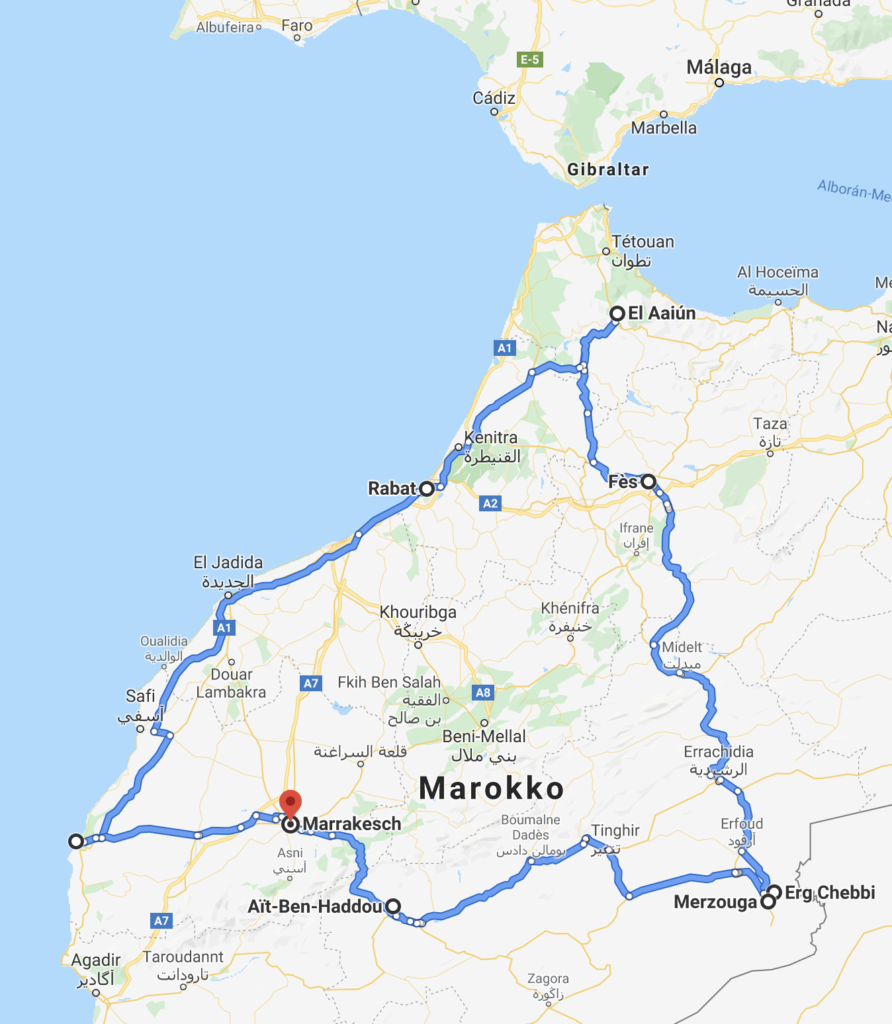
Alle Fotos wurden analog mit Canon 1V und Portra 400 aufgenommen.
All photos were taken analogue with Canon 1V and Portra 400.
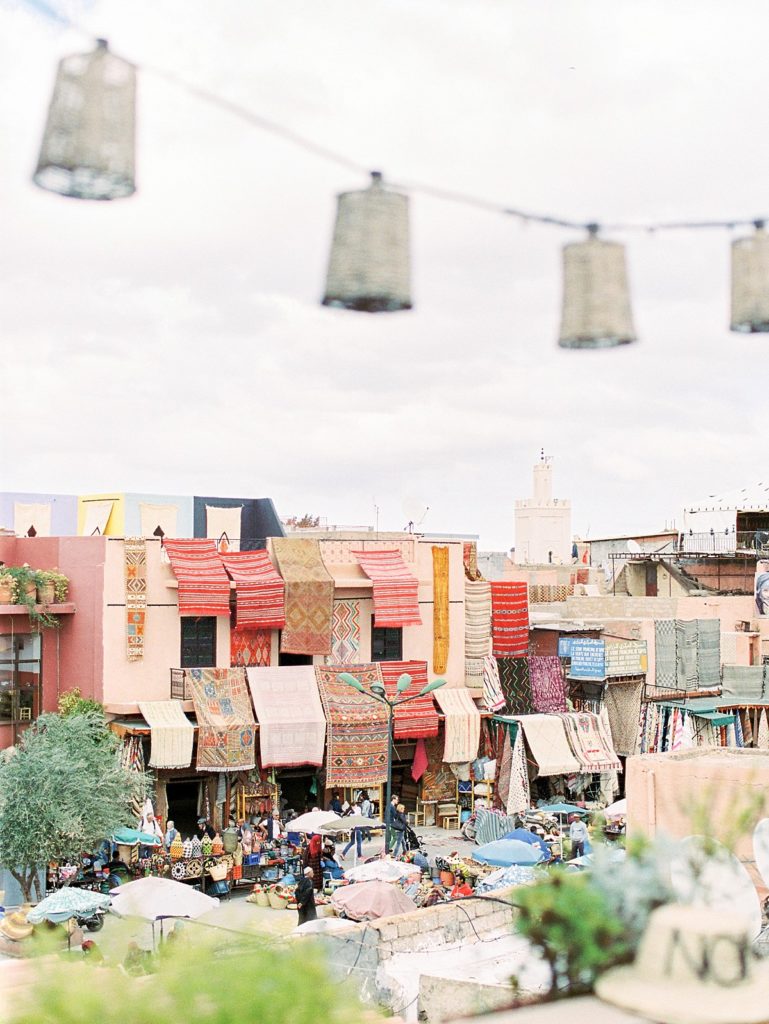
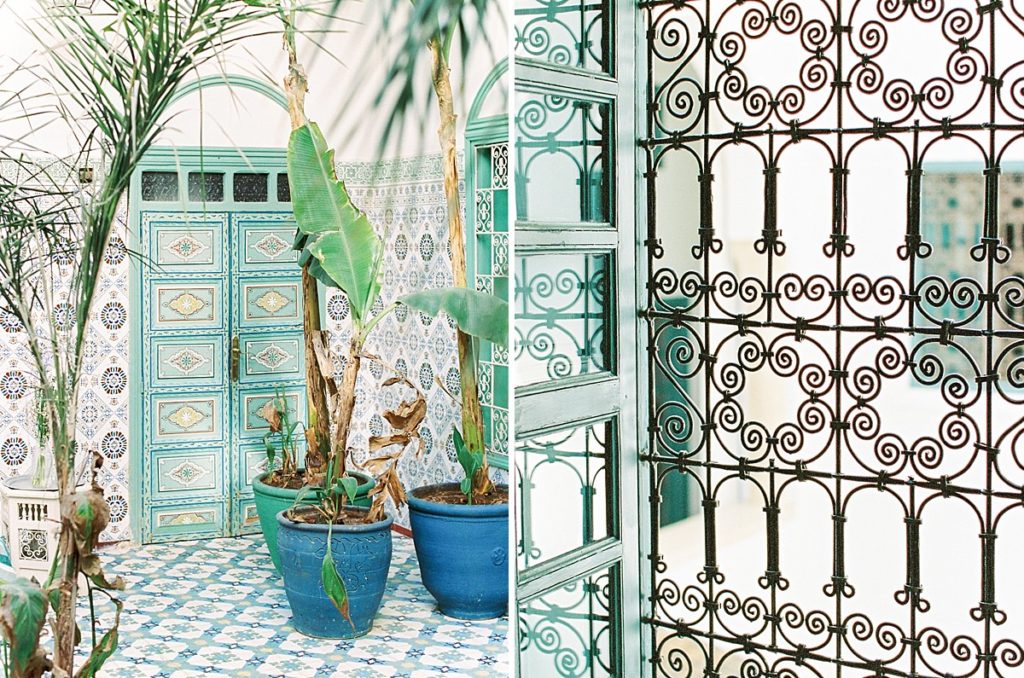
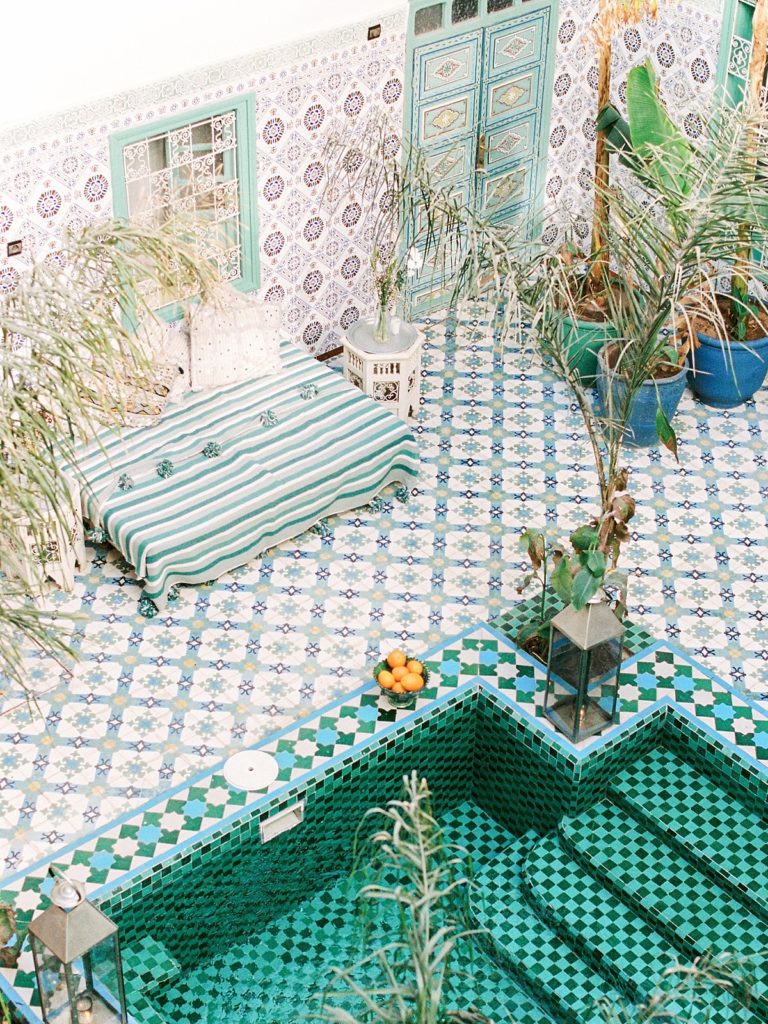
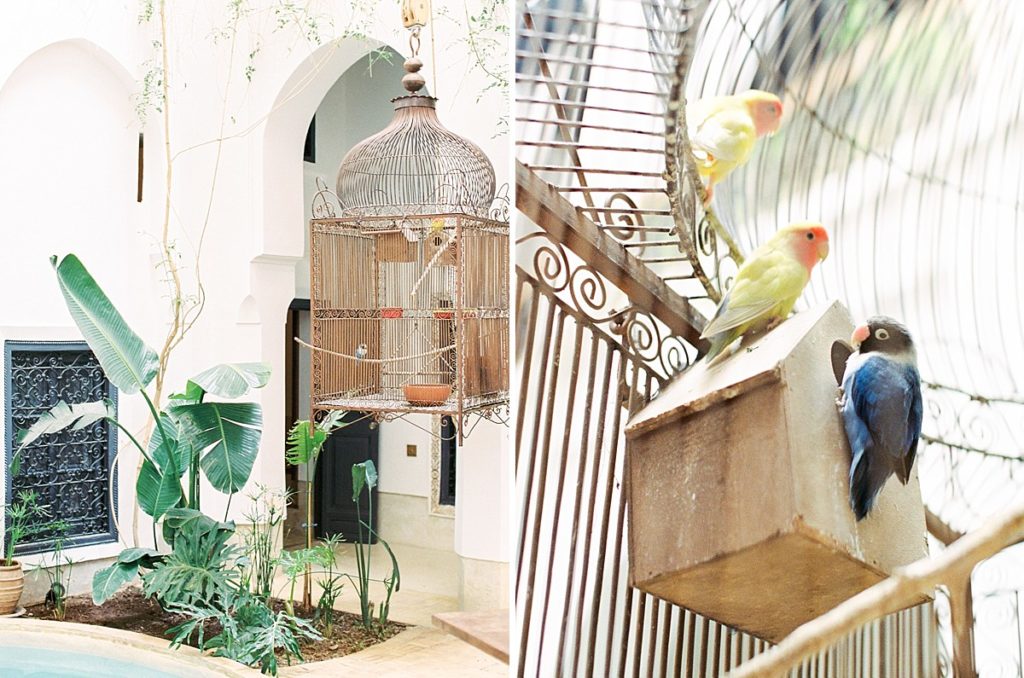
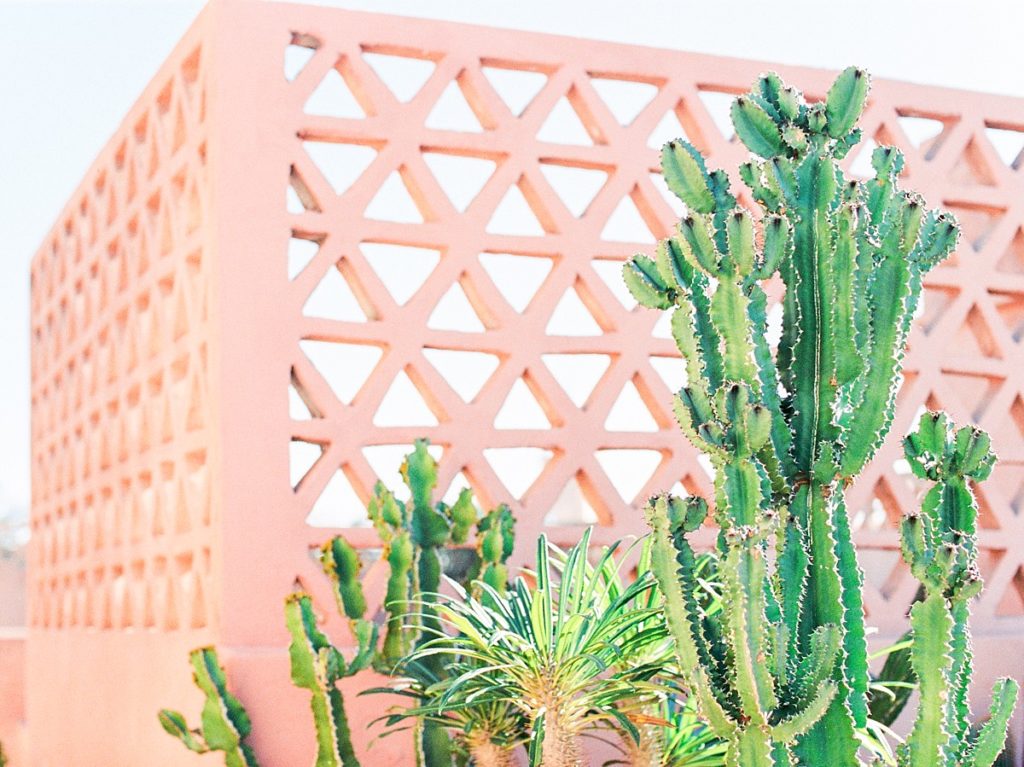
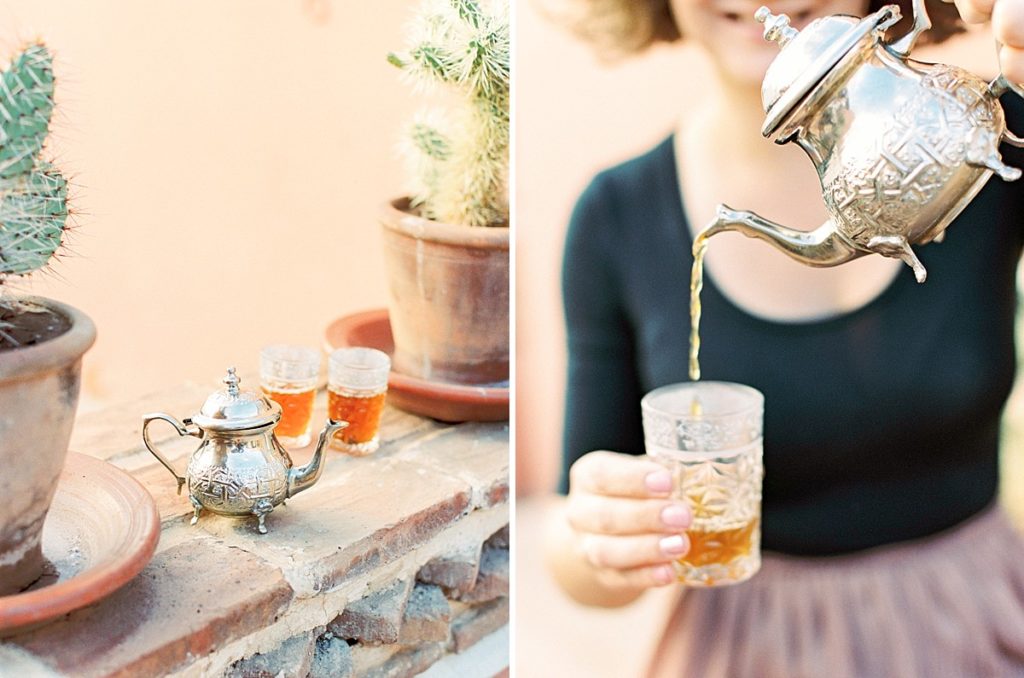
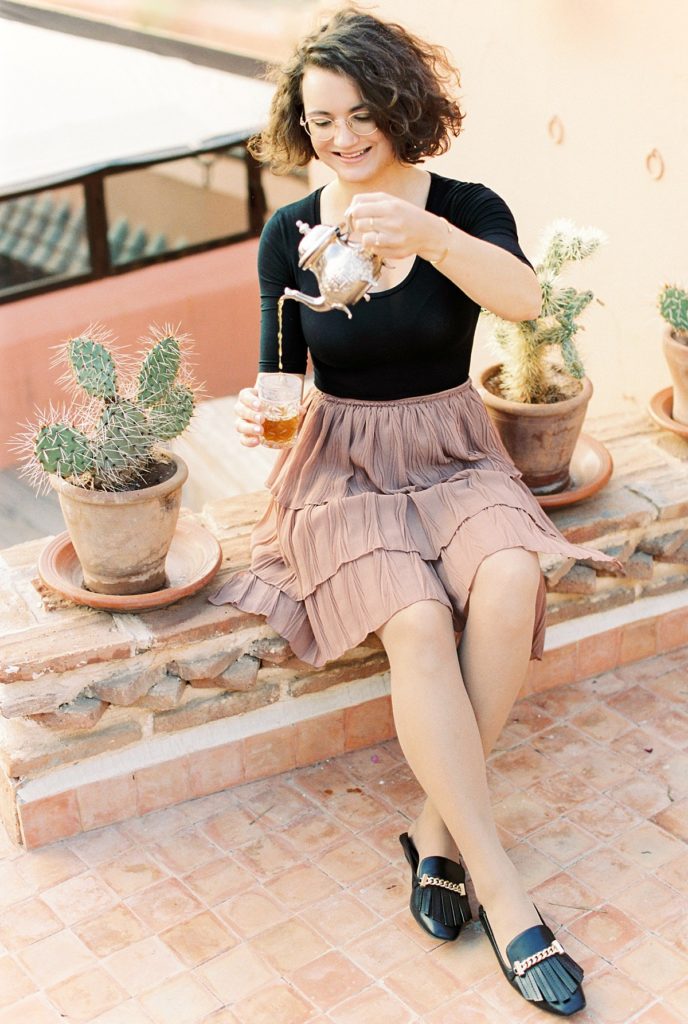
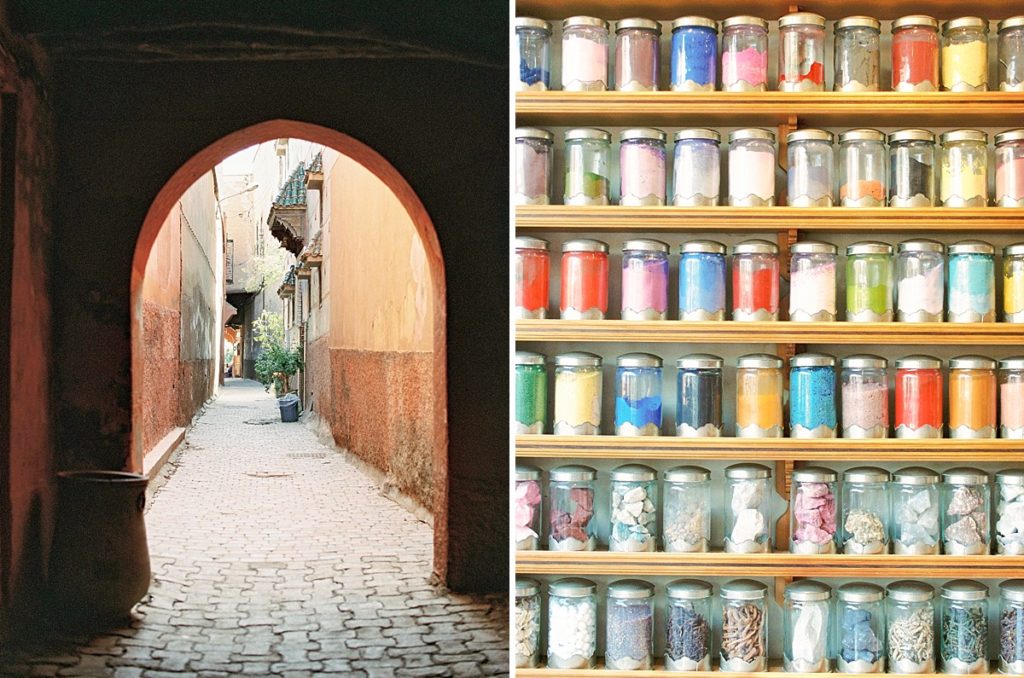
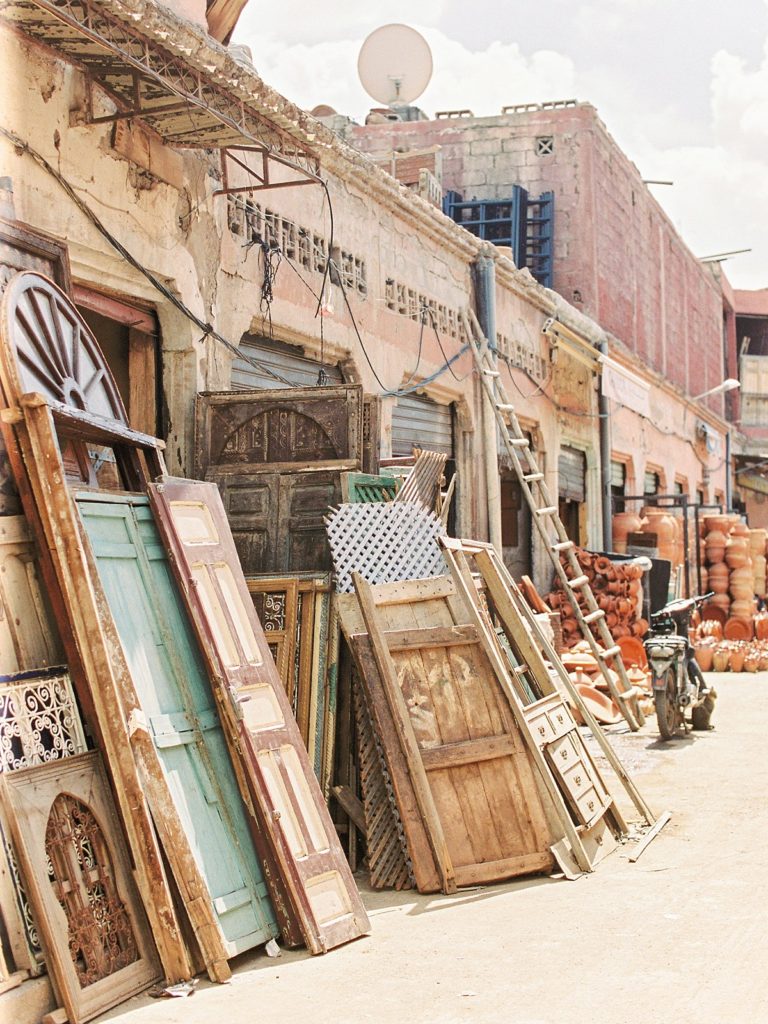
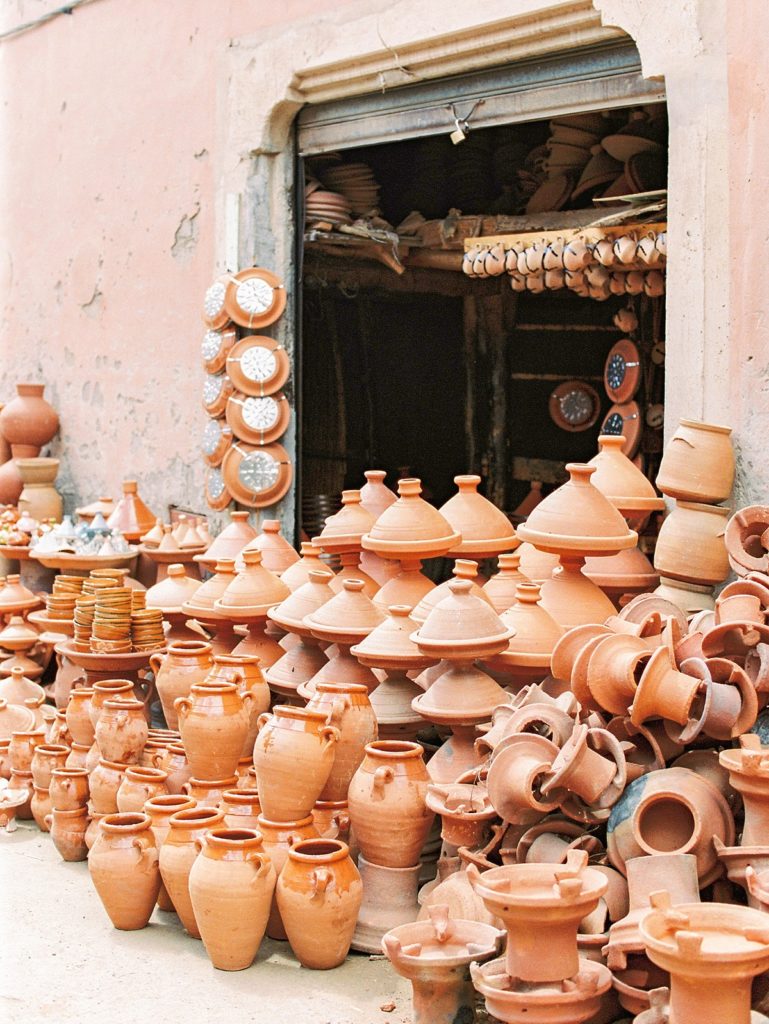
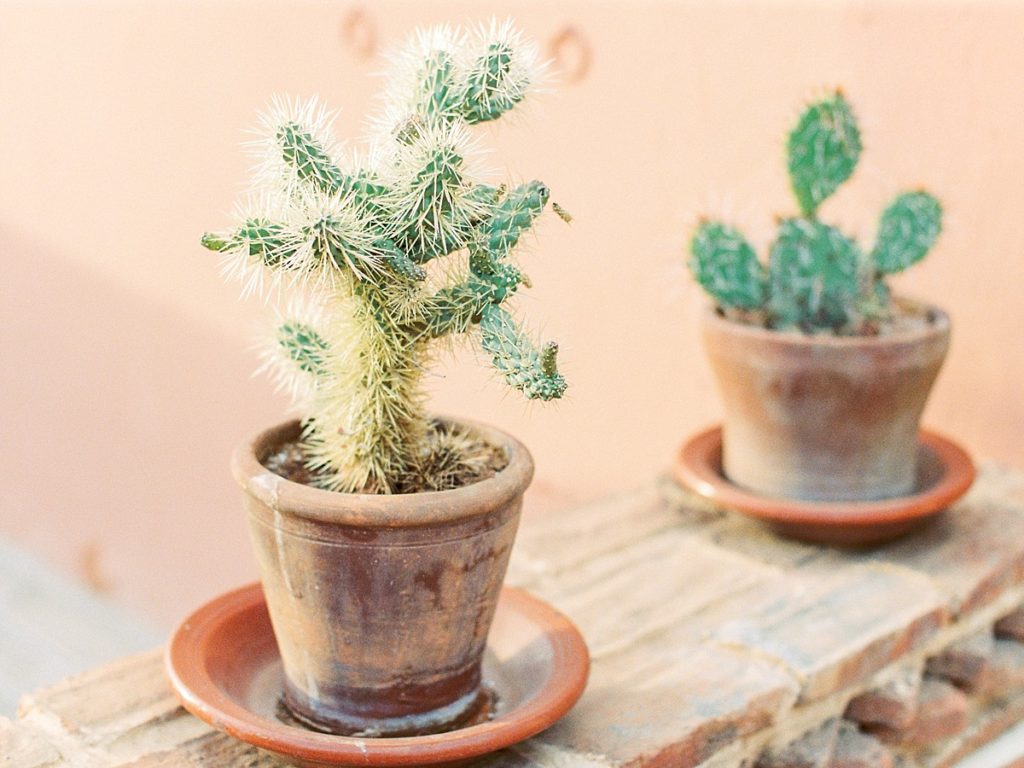
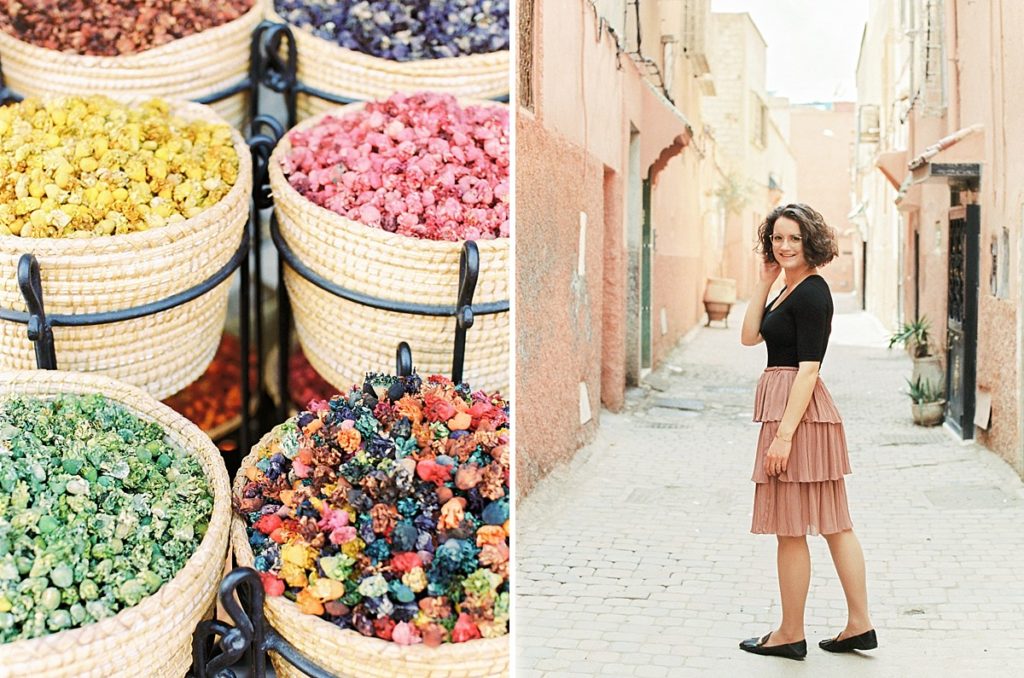
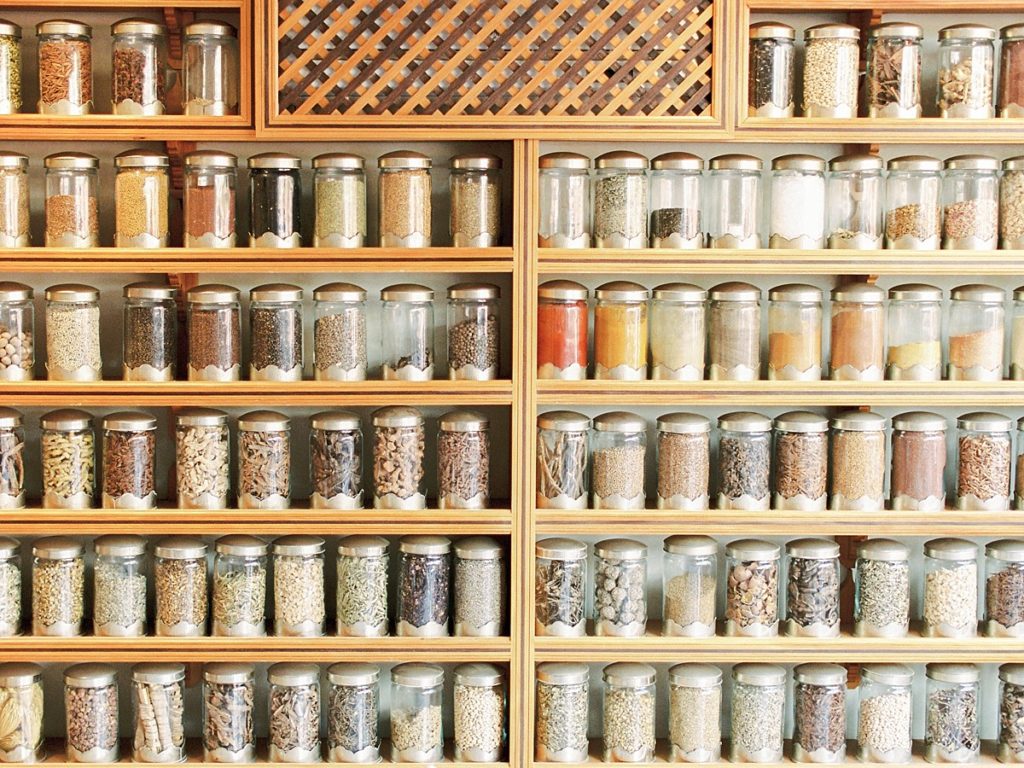
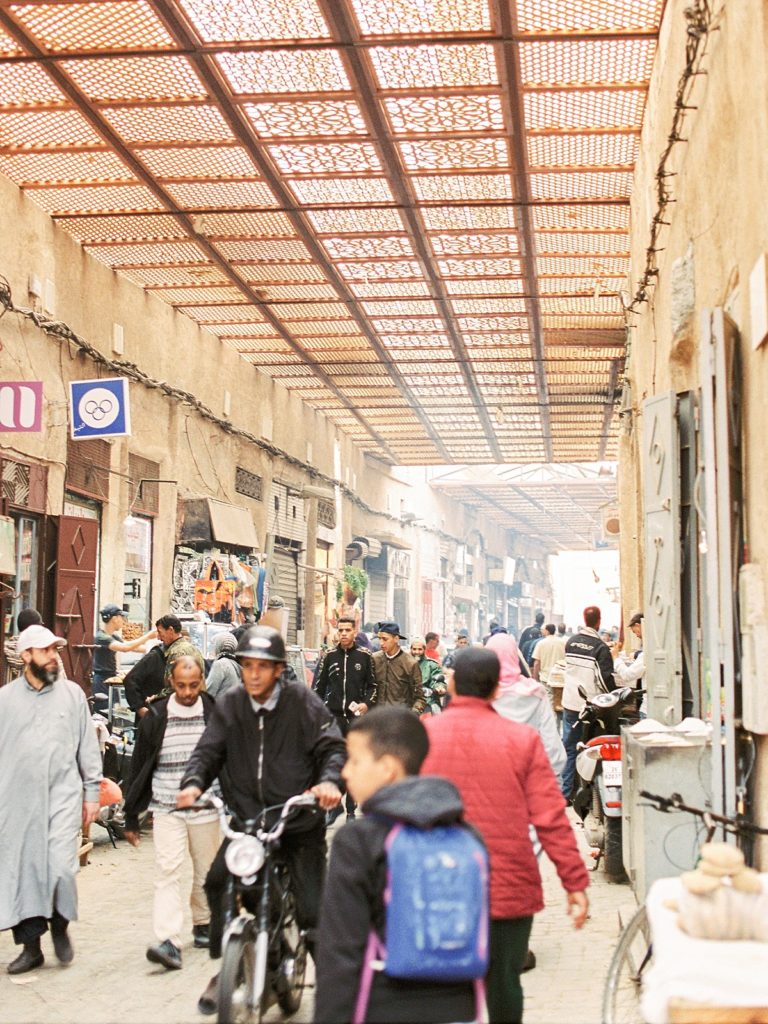
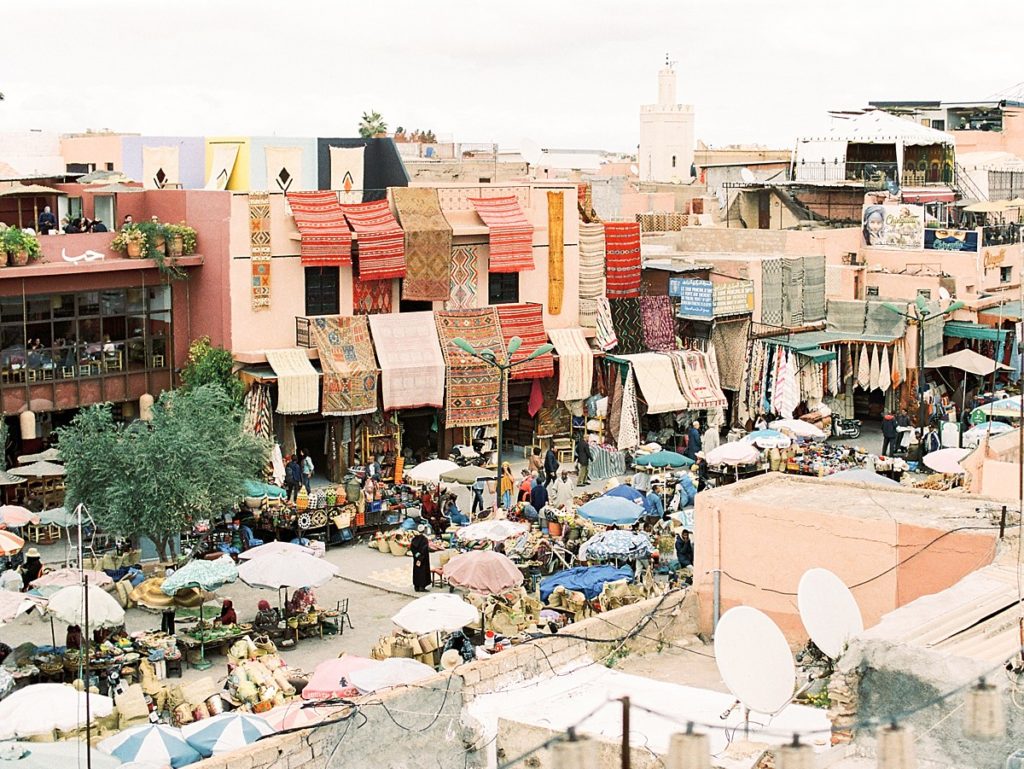
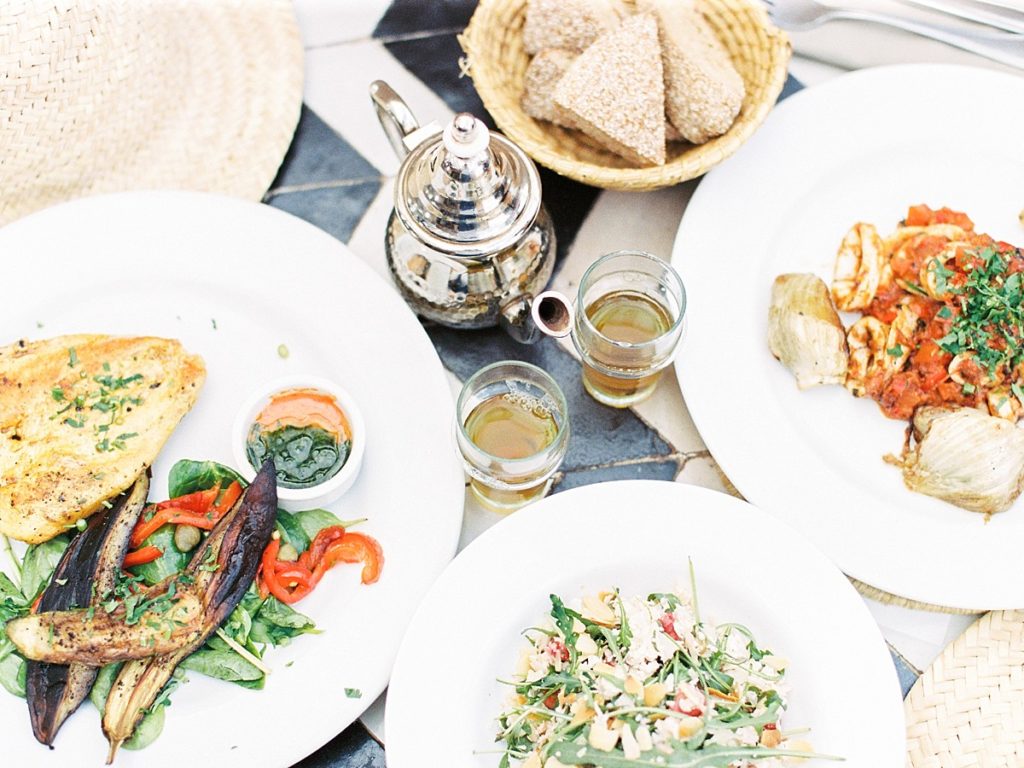
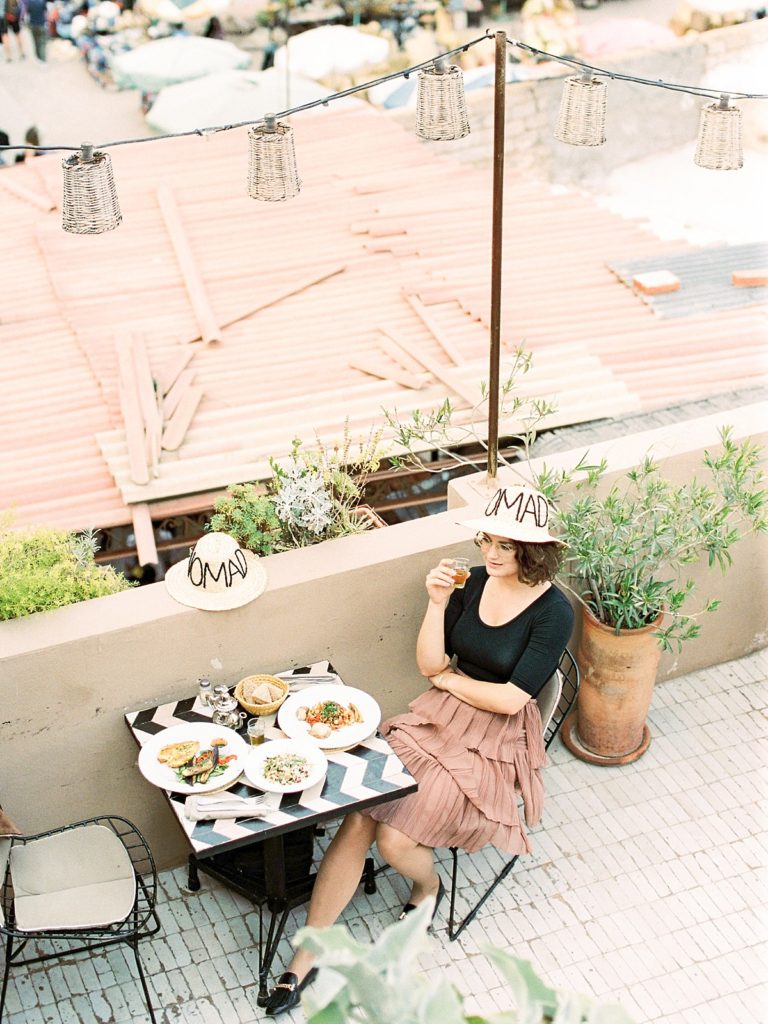
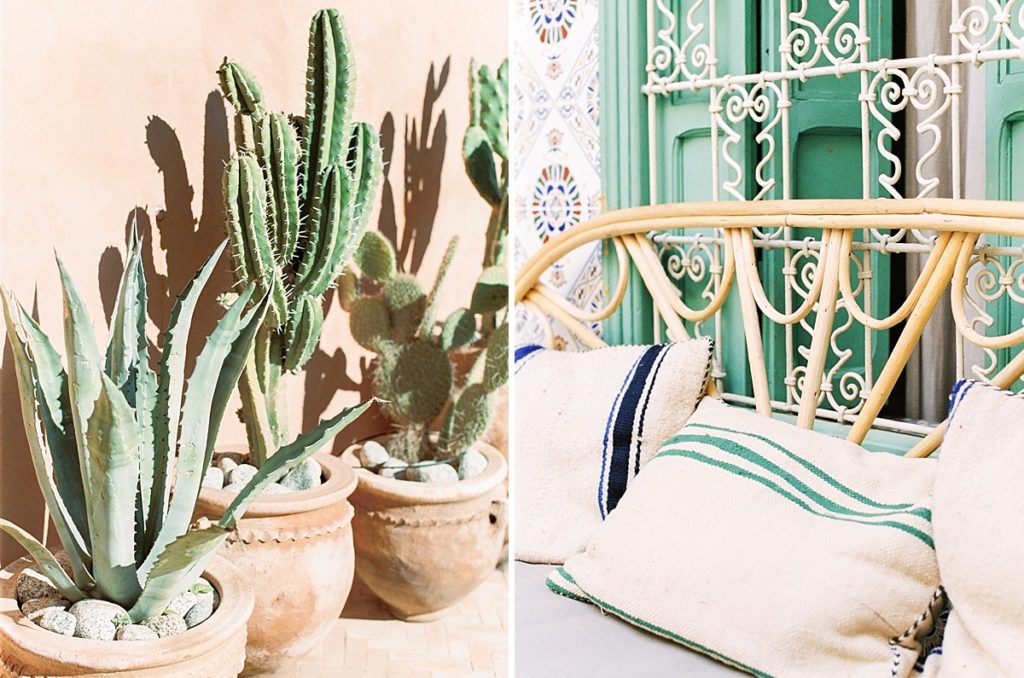
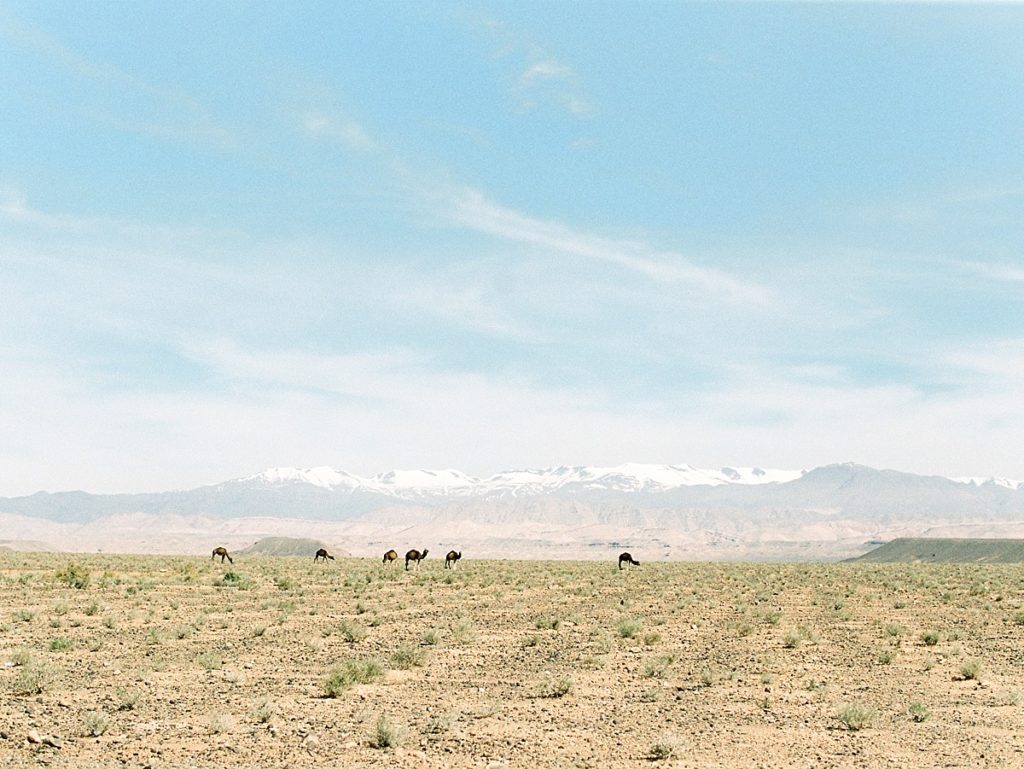
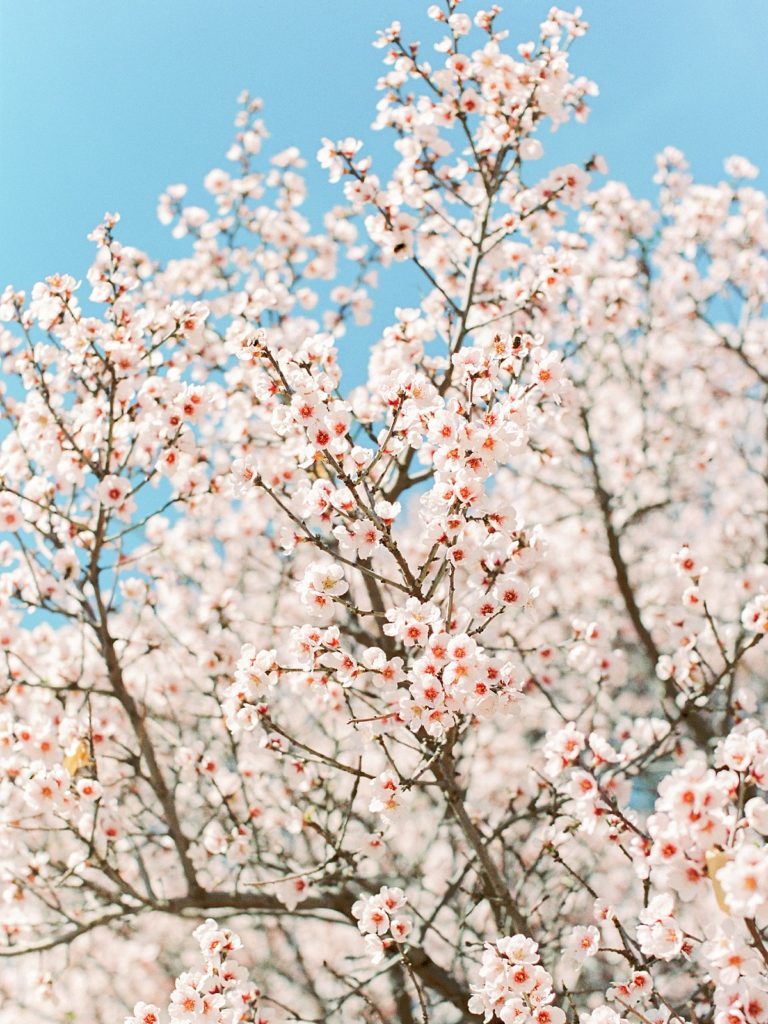
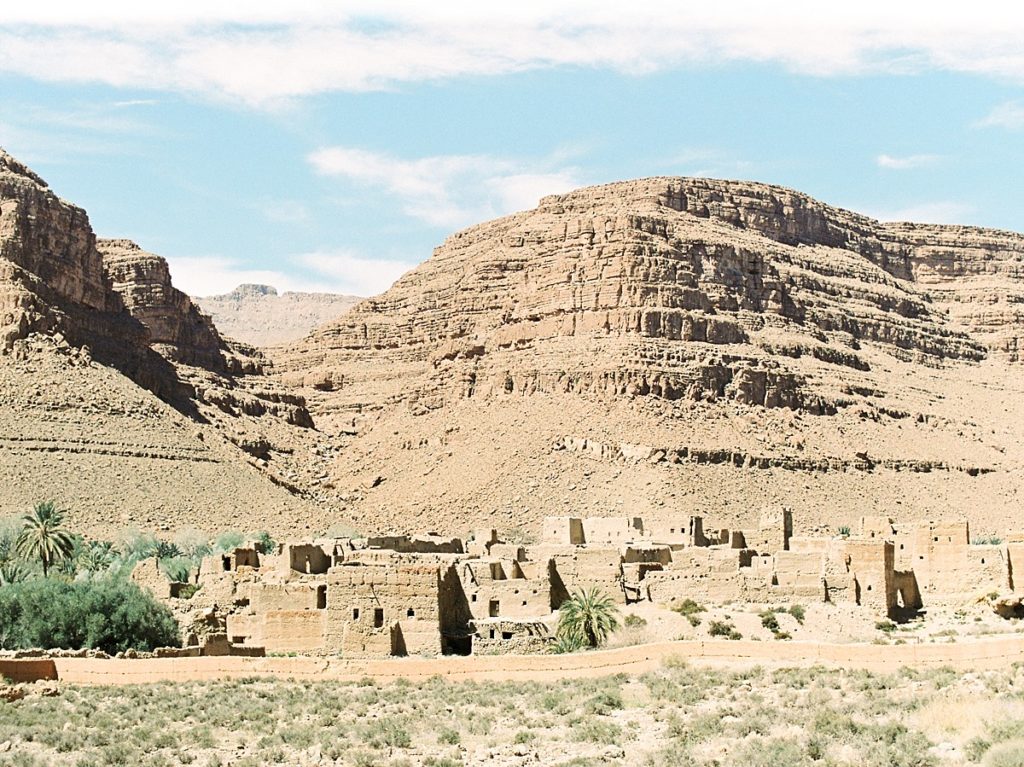
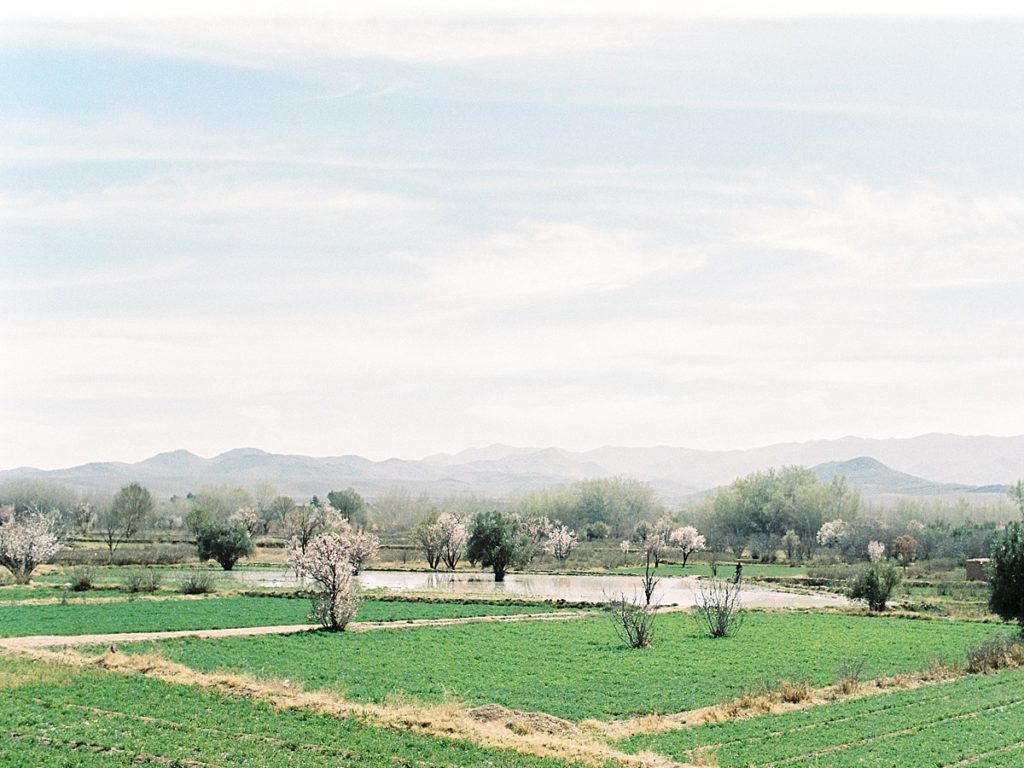
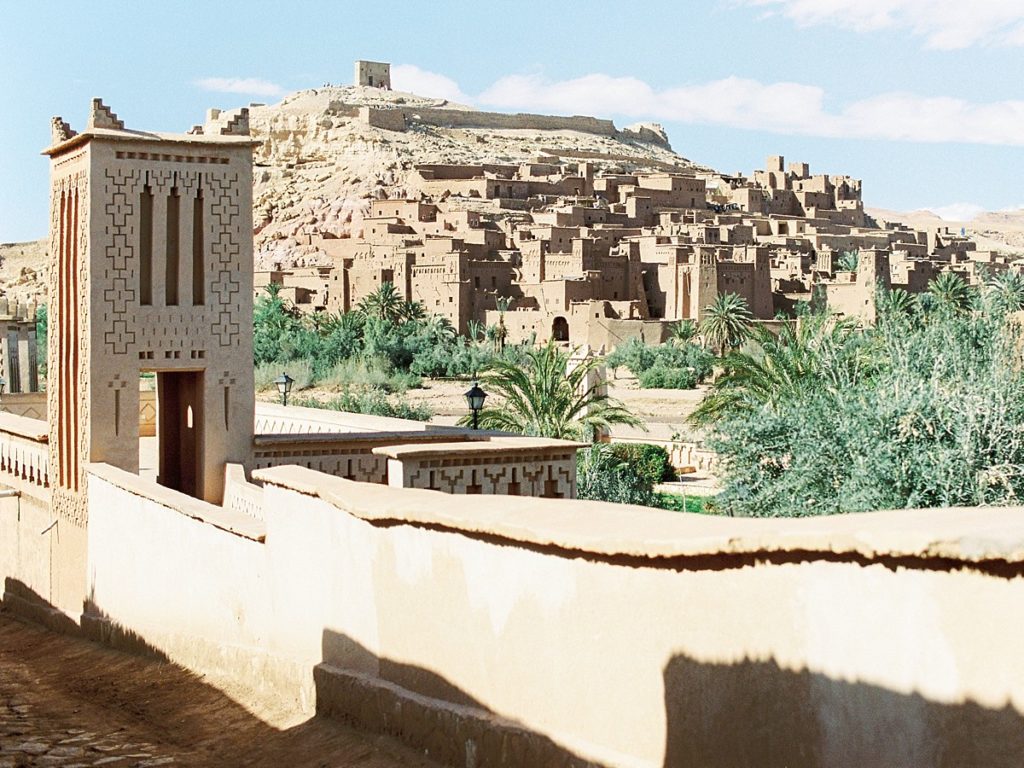
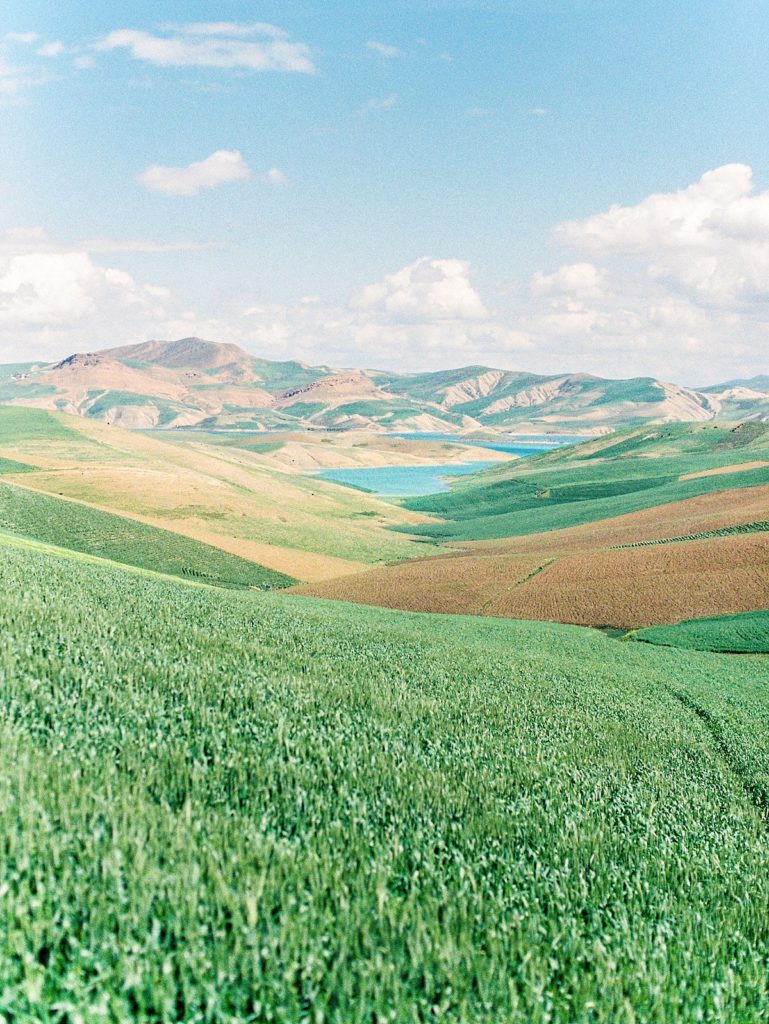
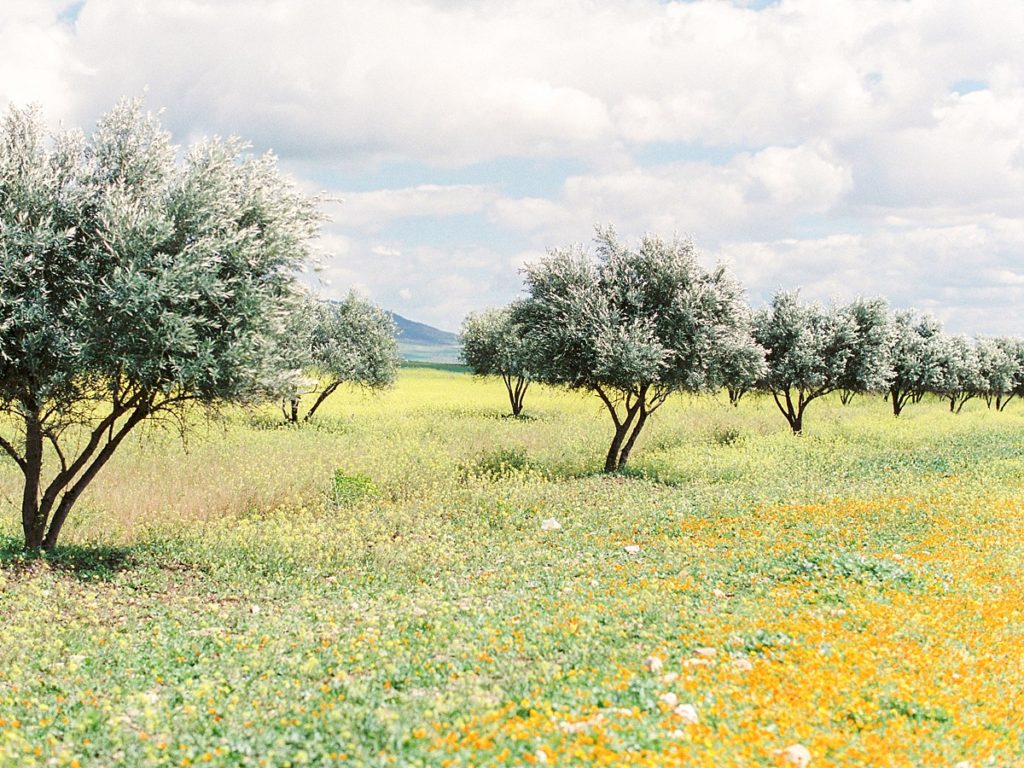
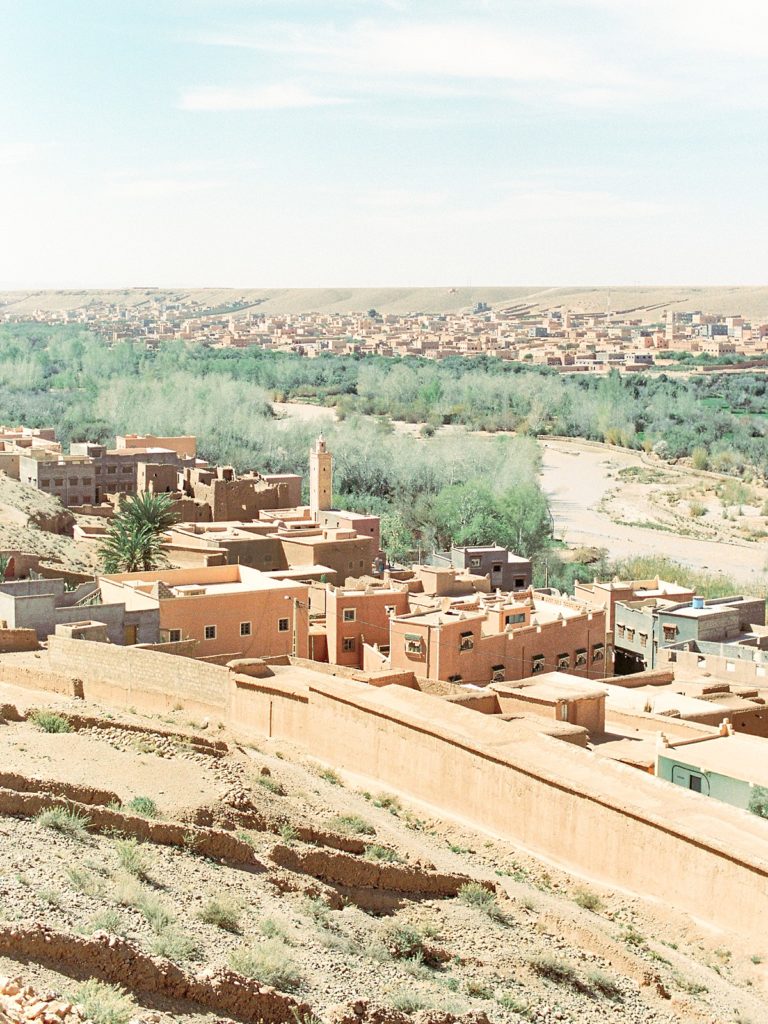
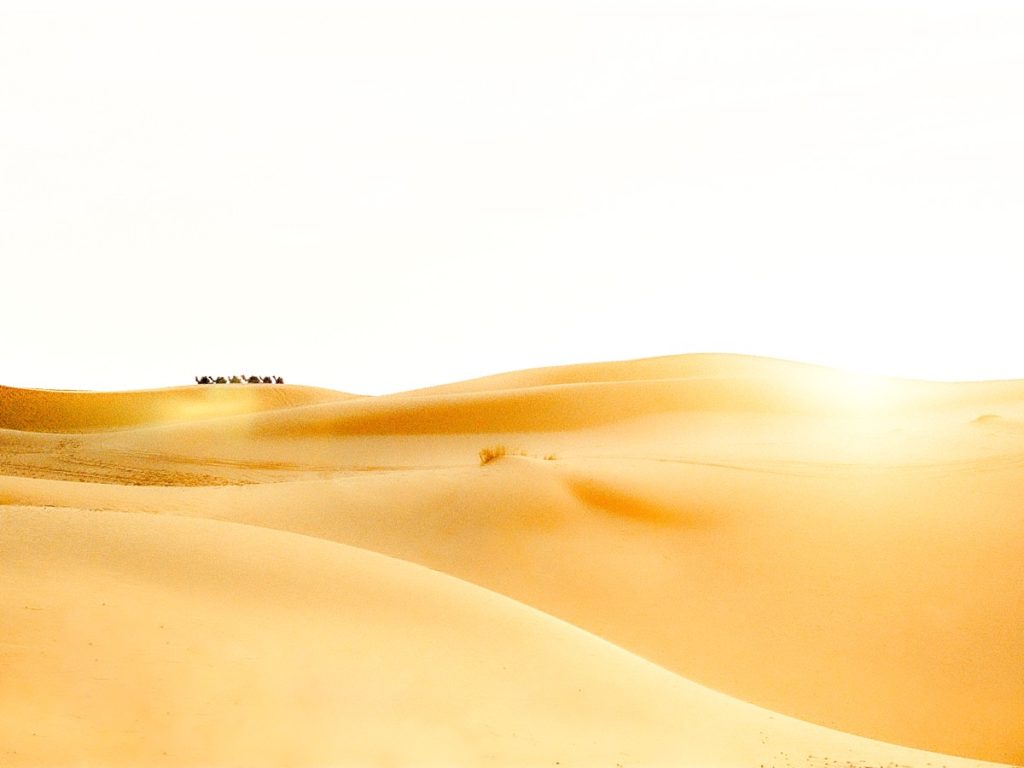
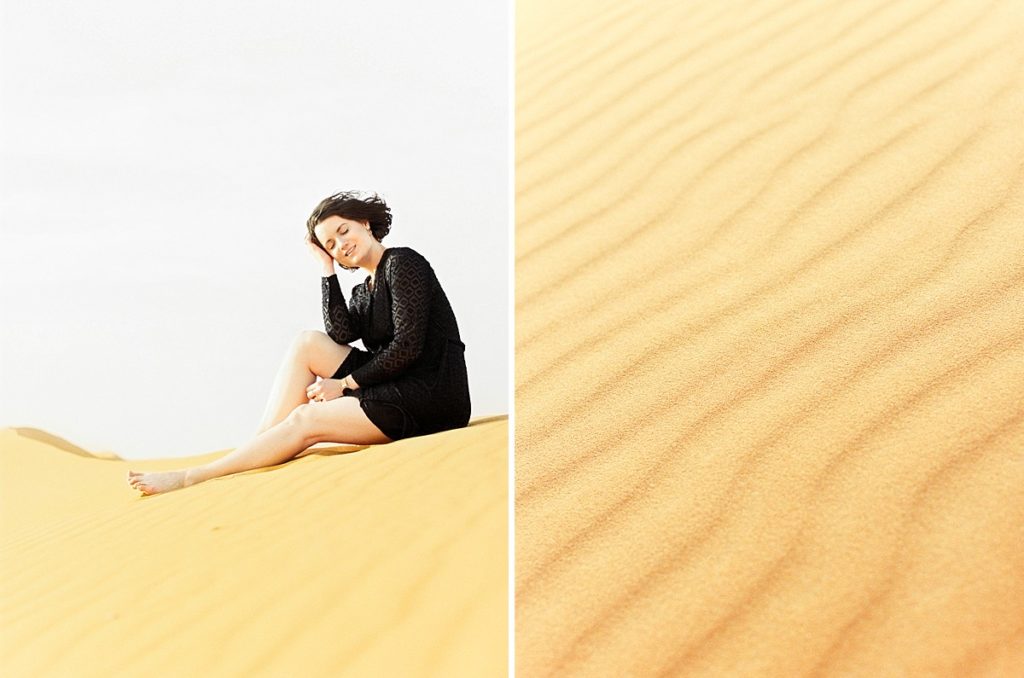
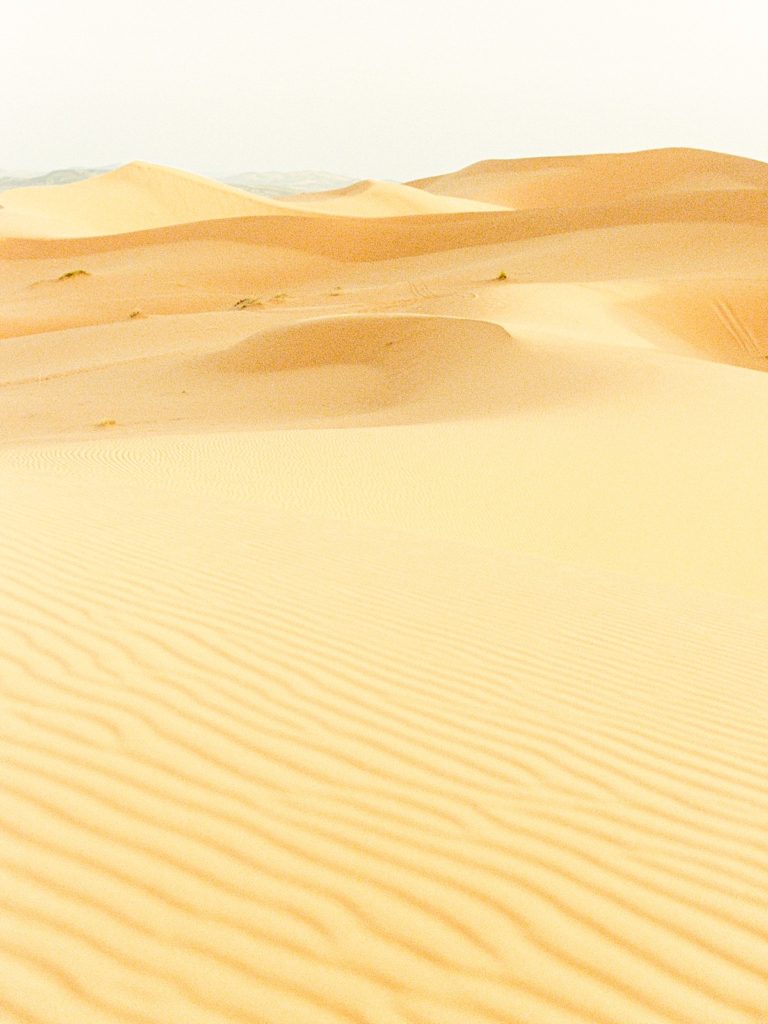
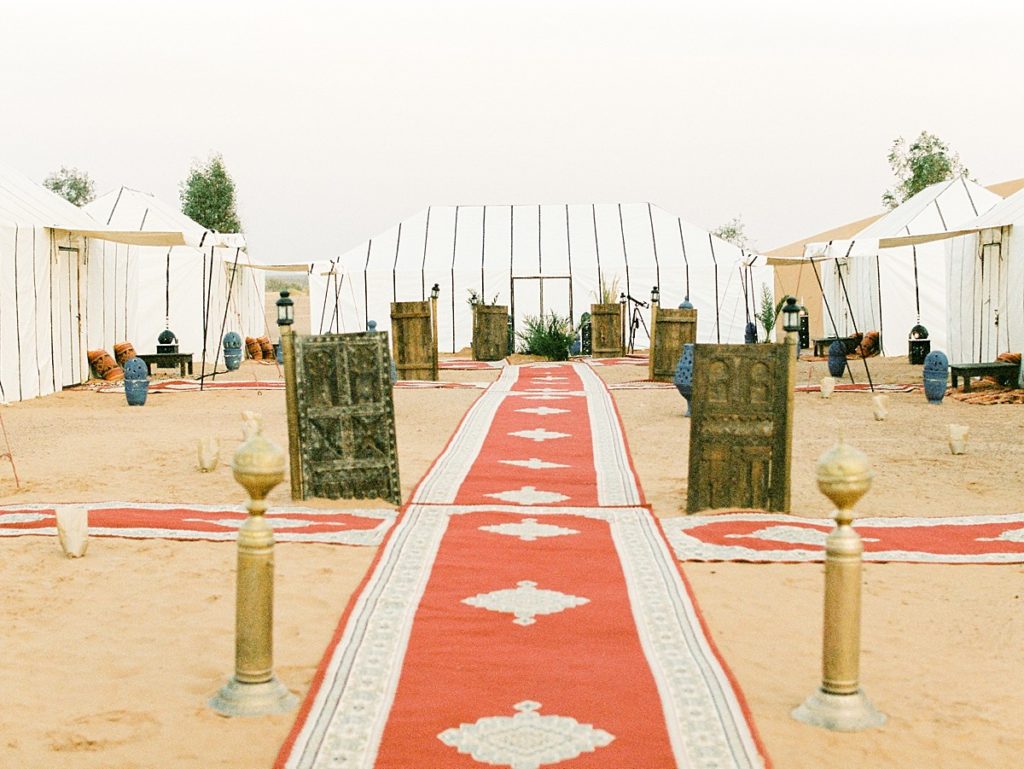
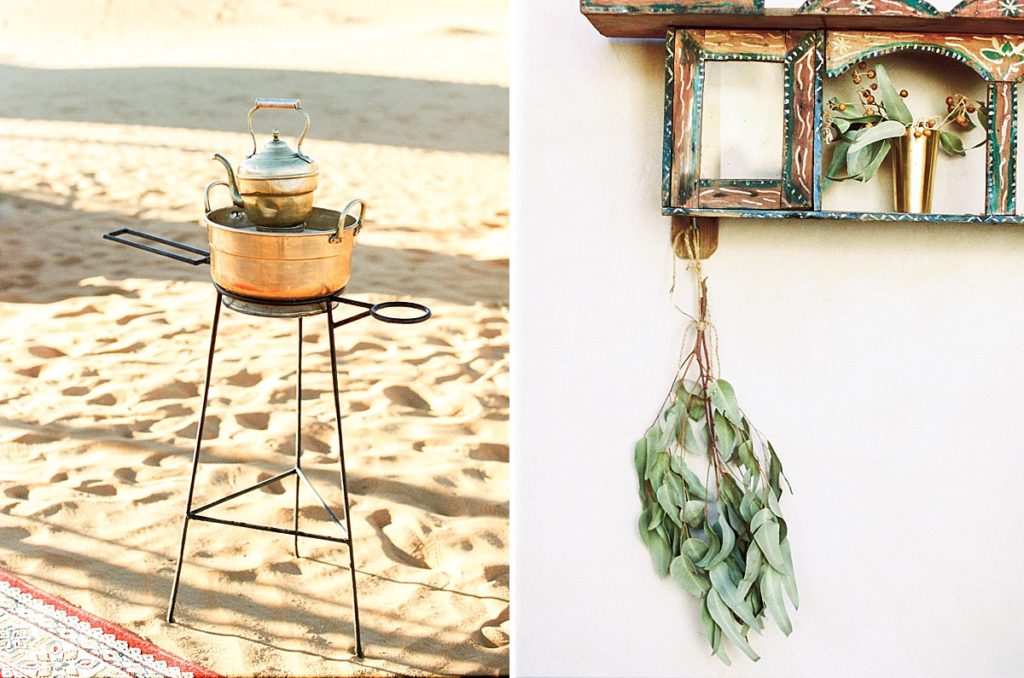
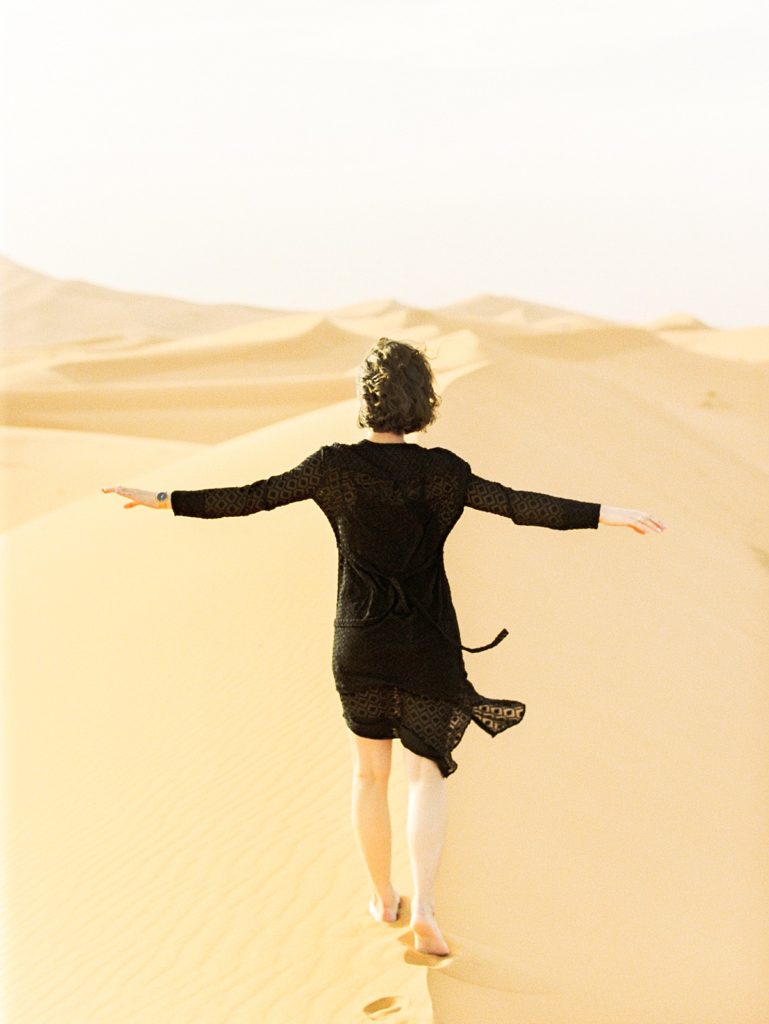
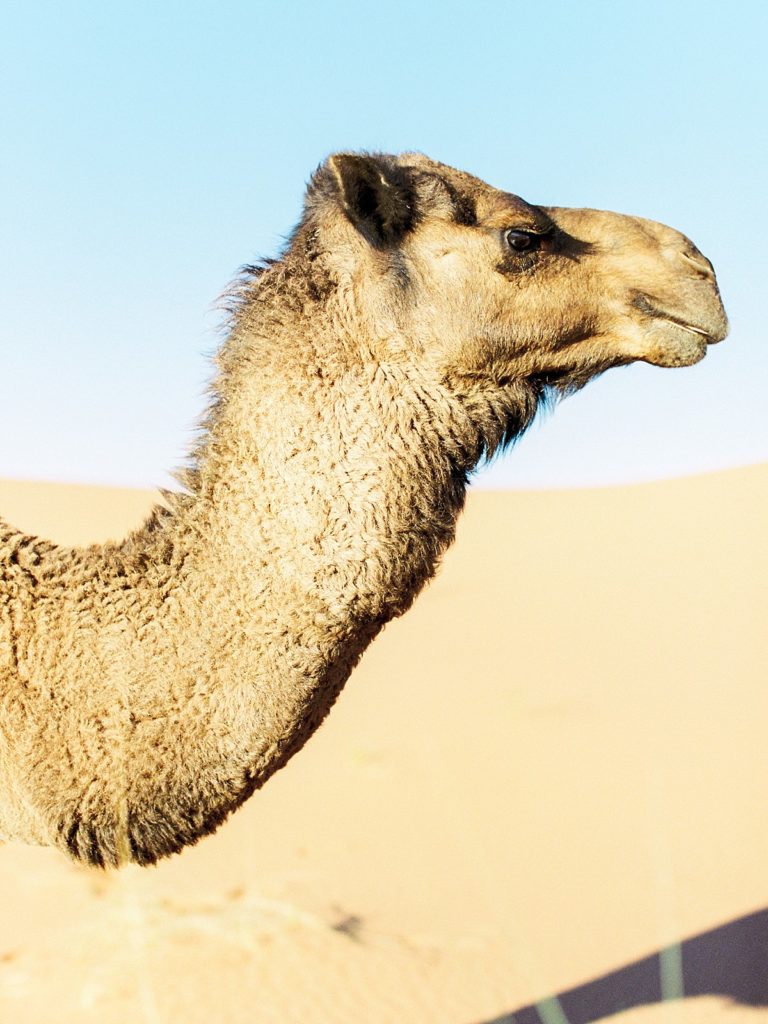
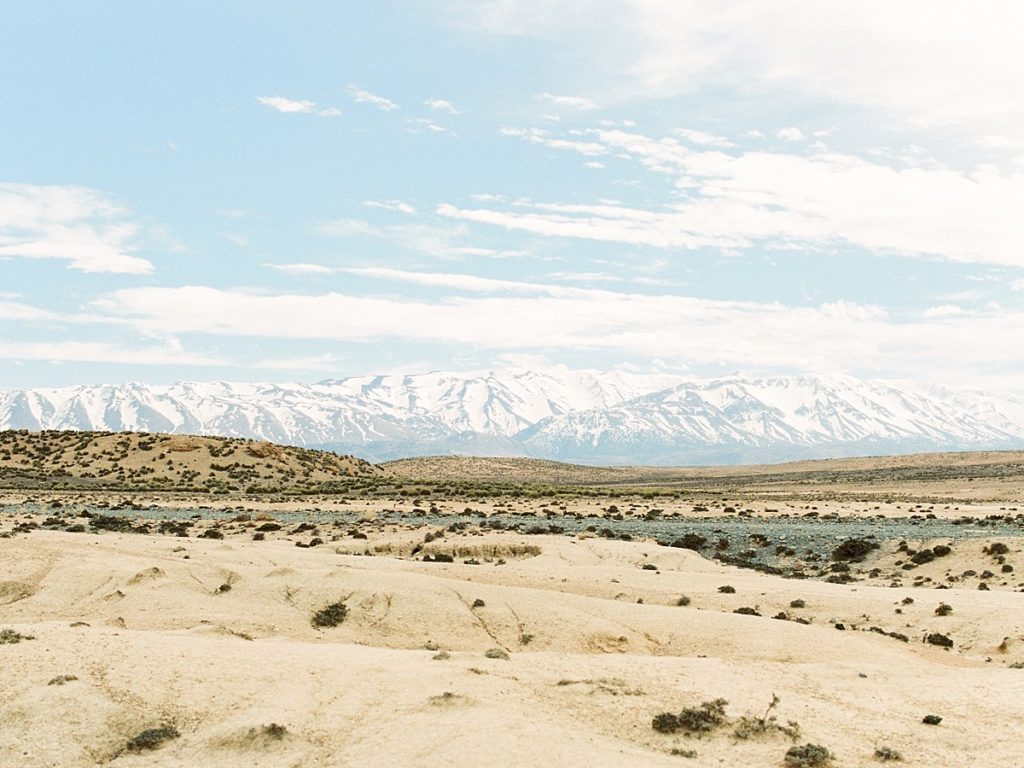
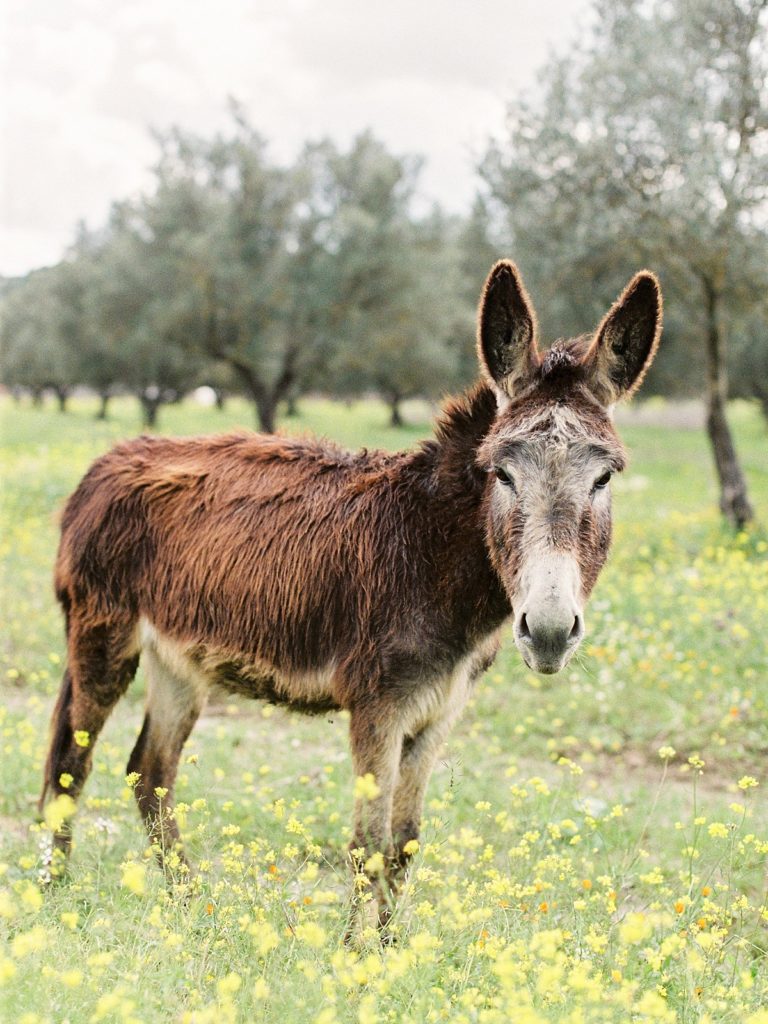
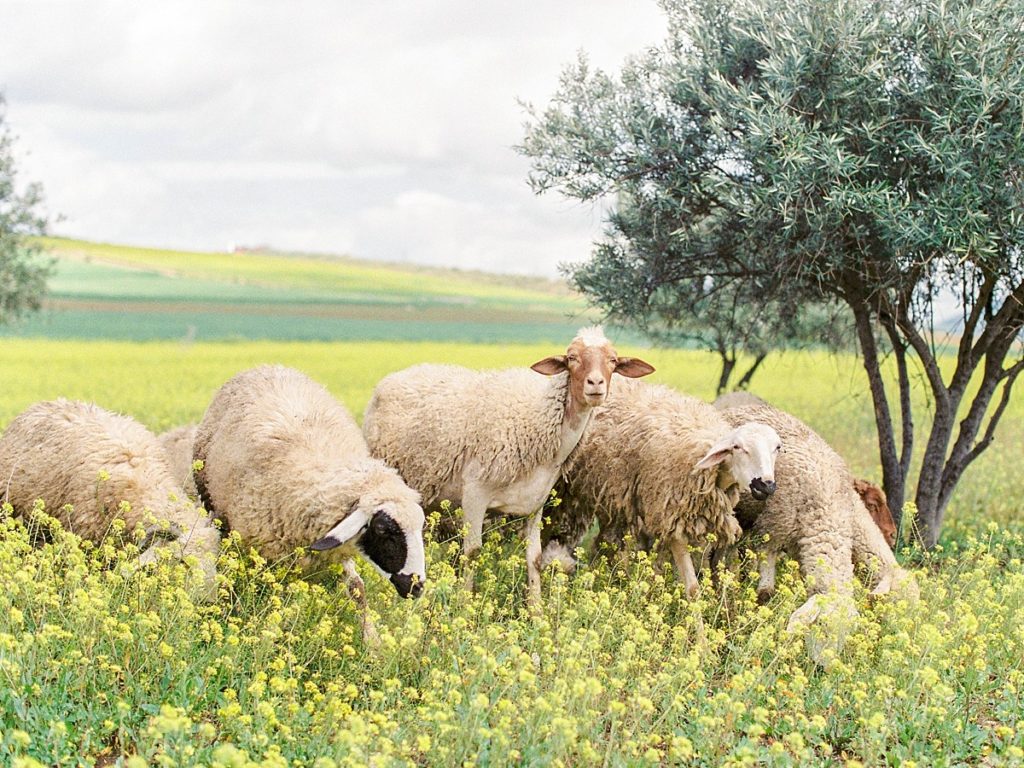
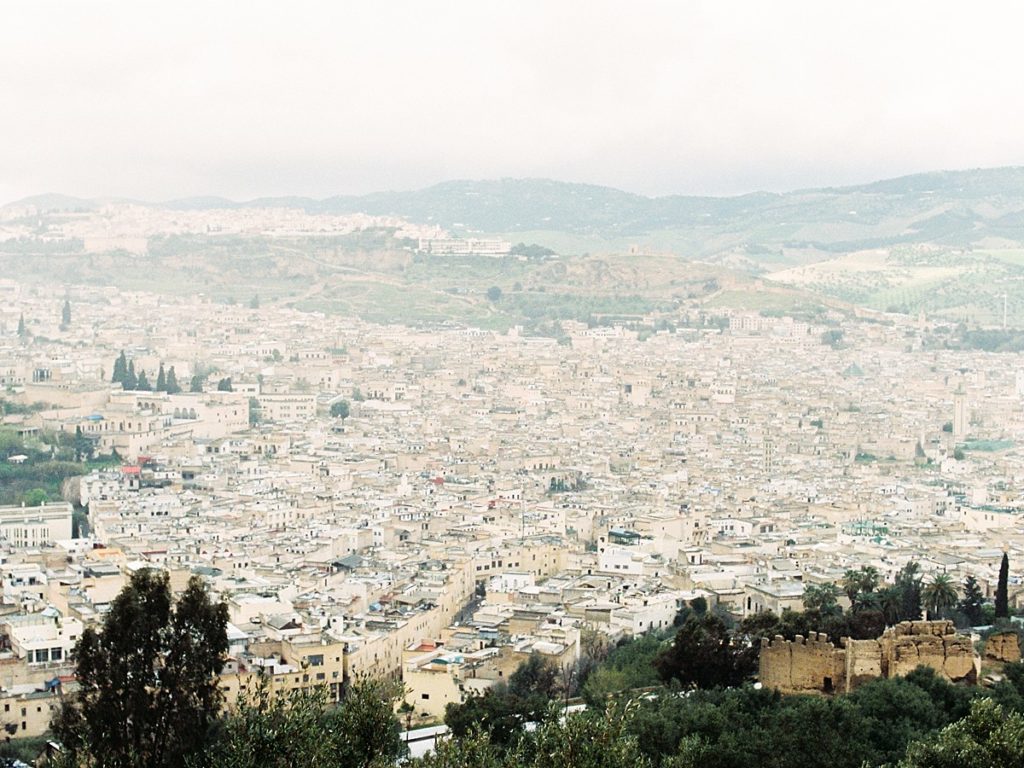
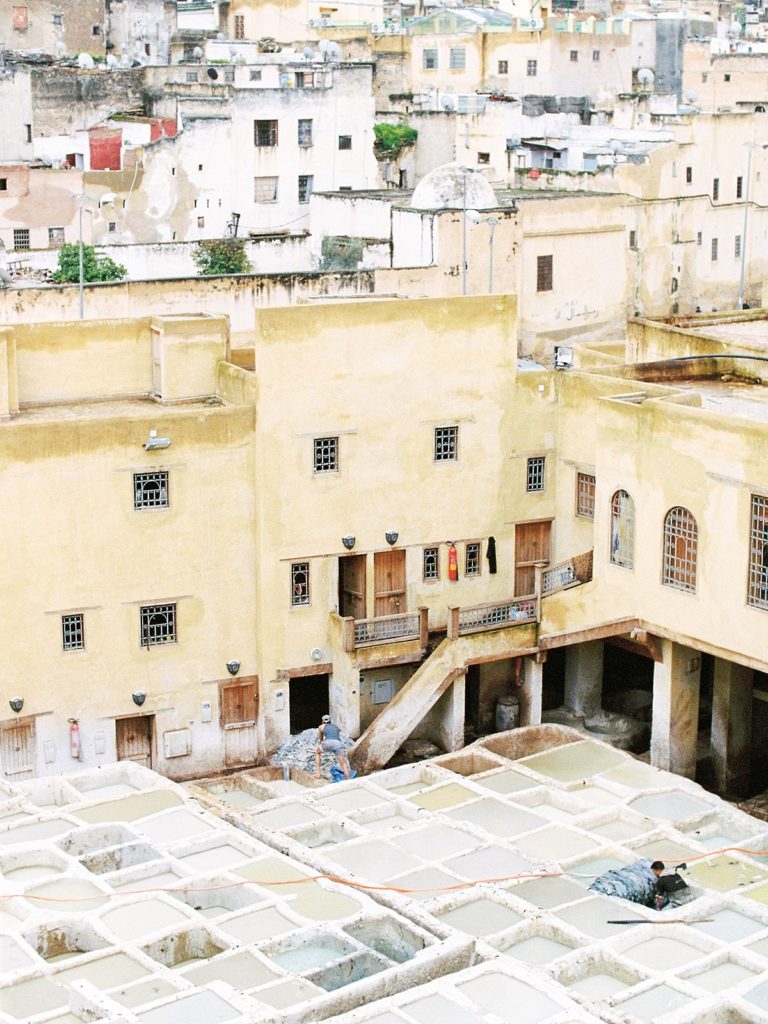
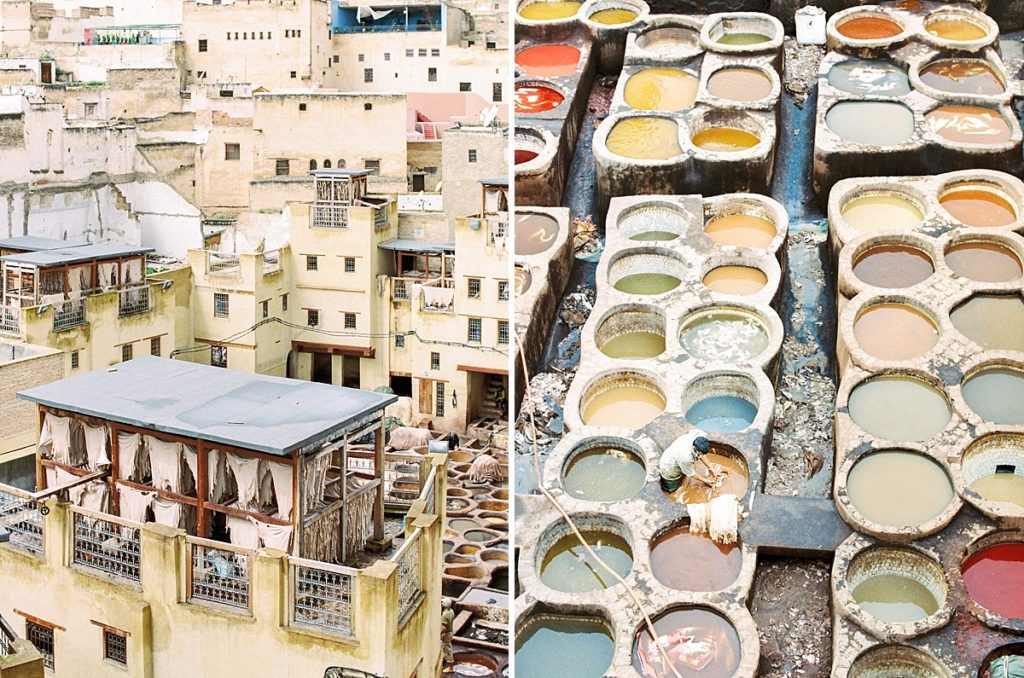
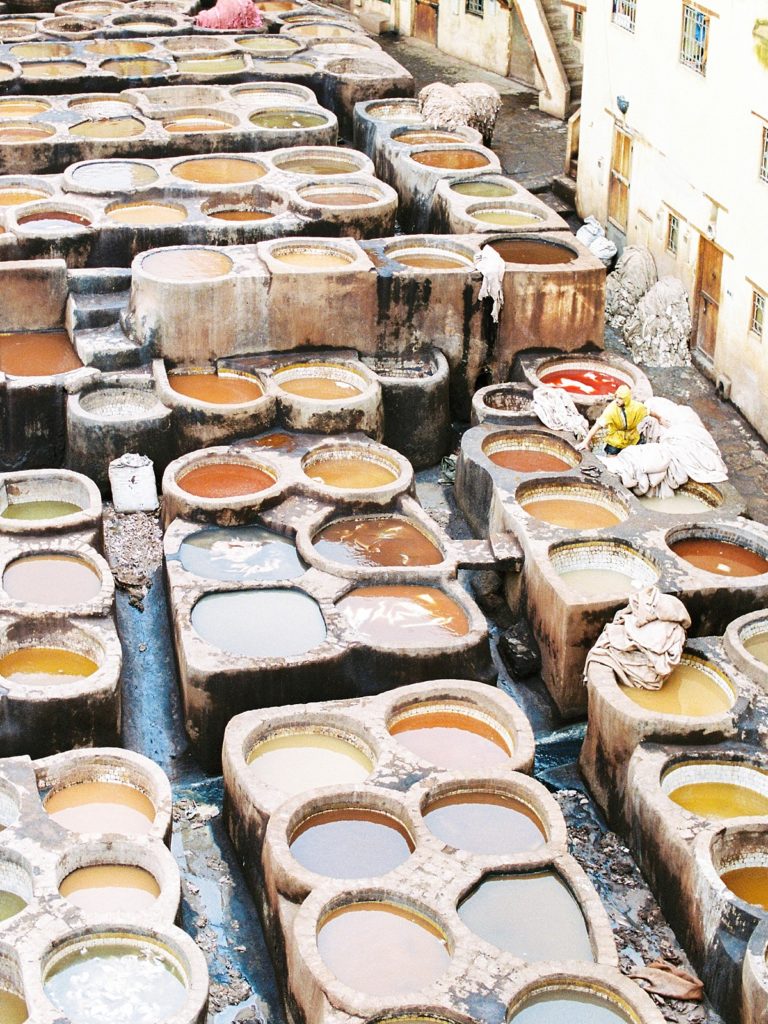
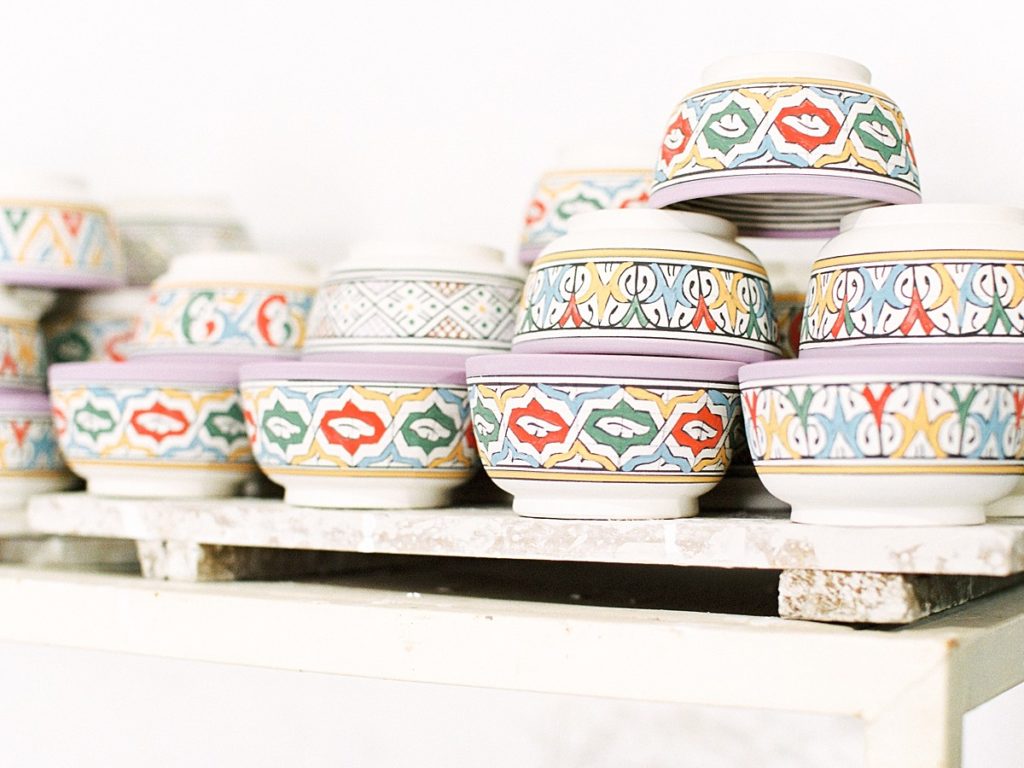
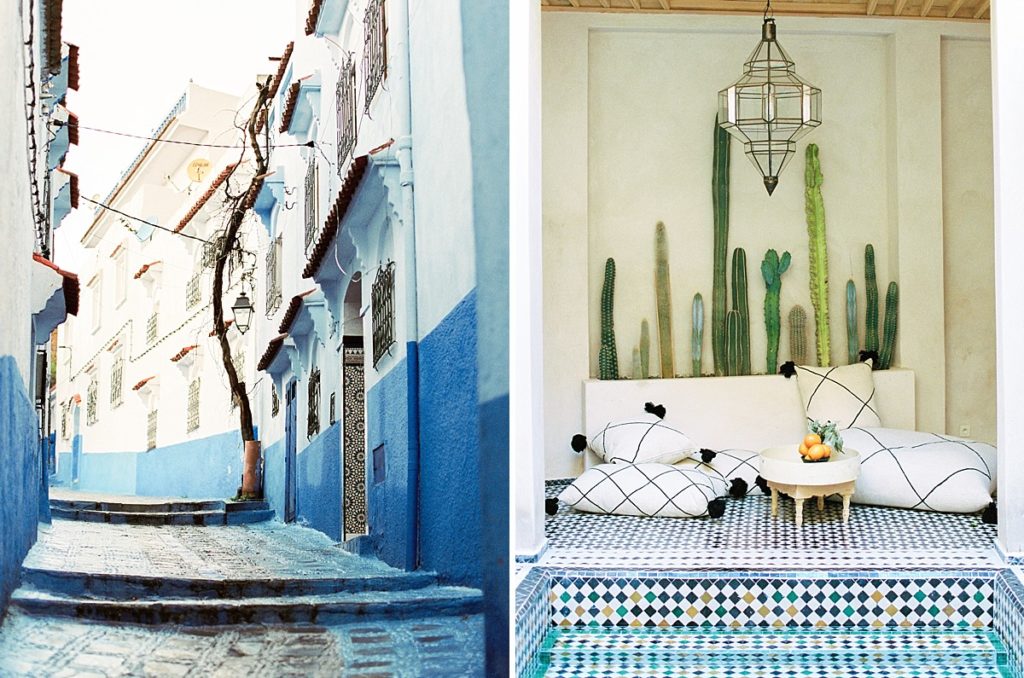
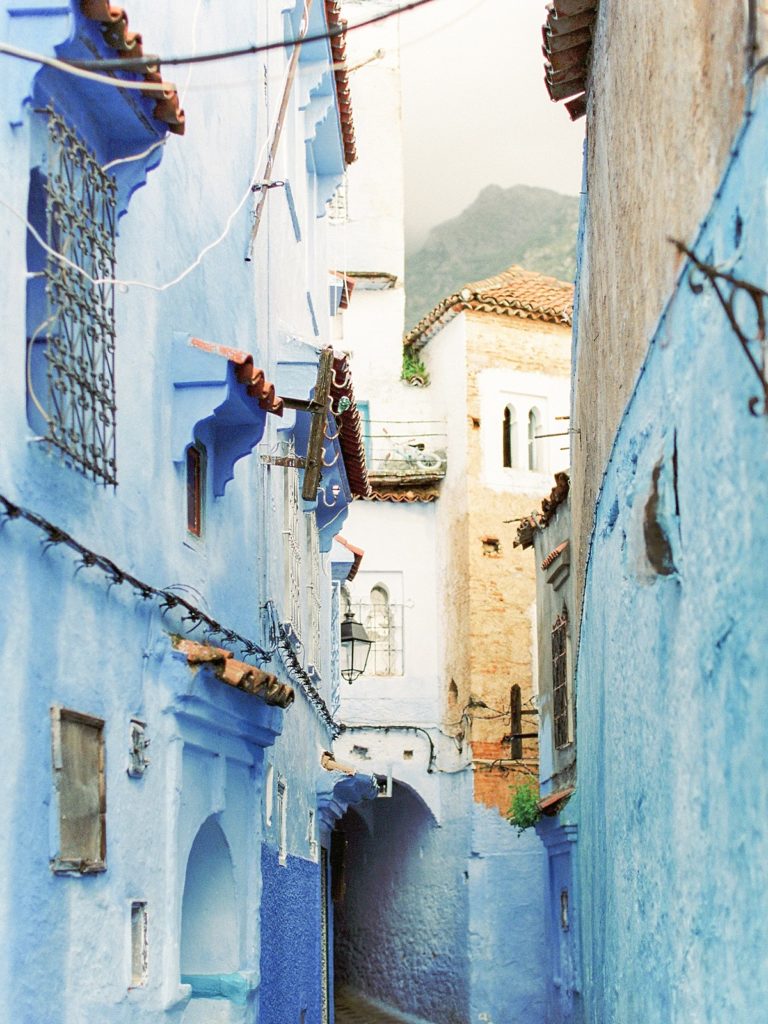
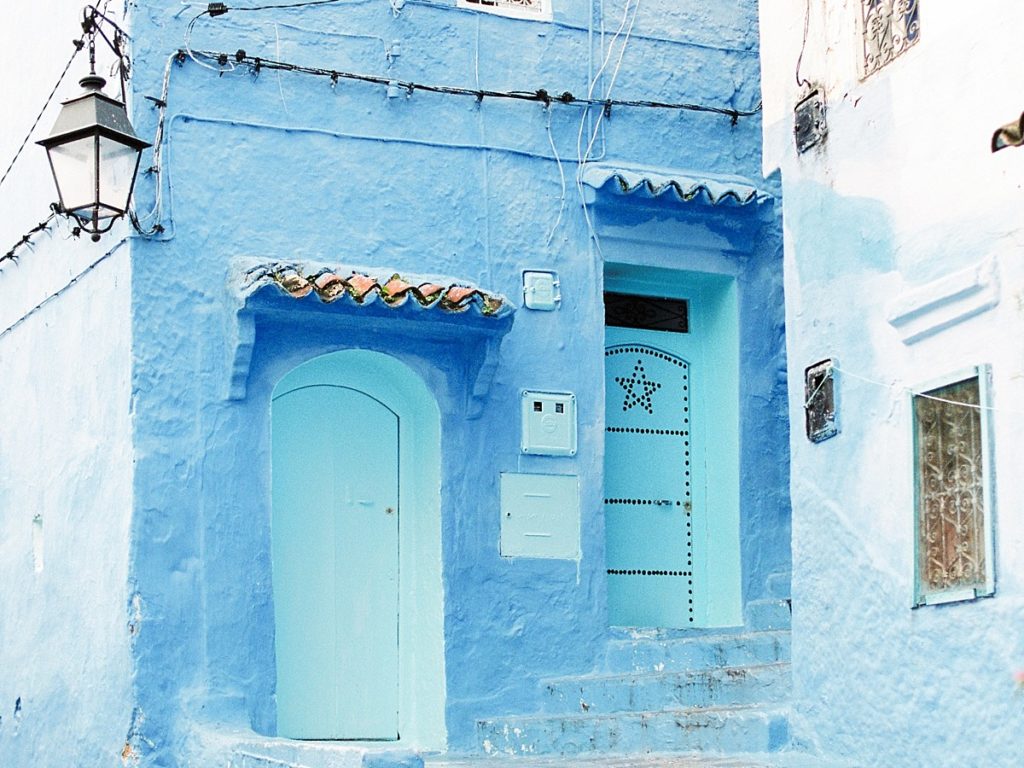
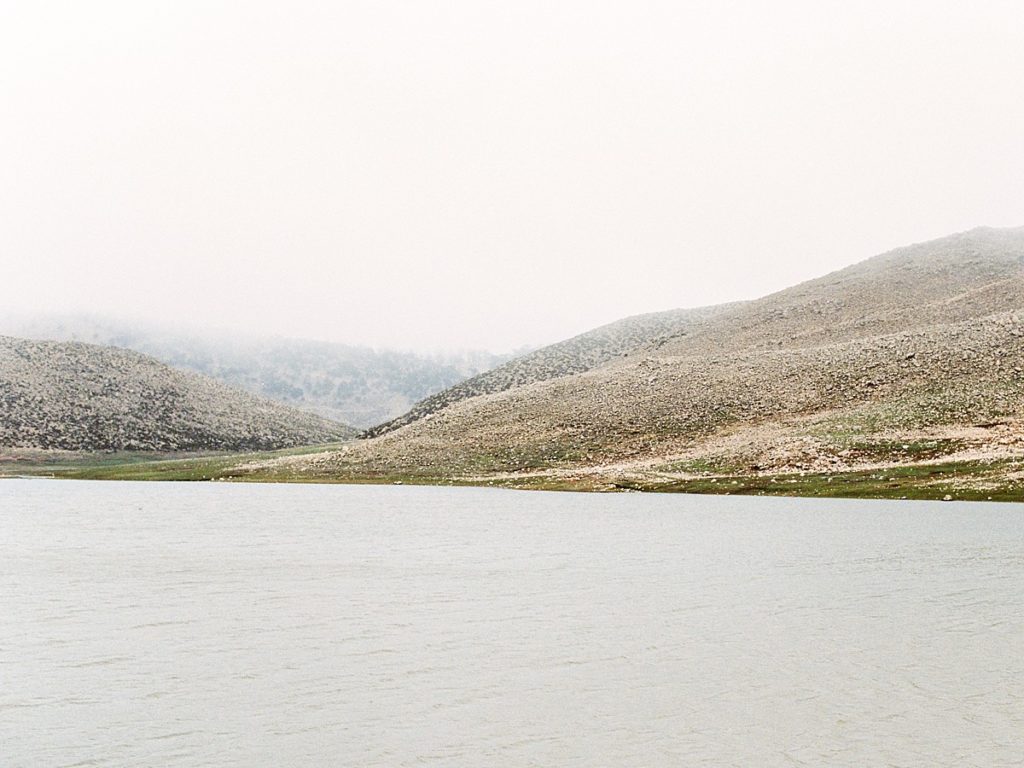
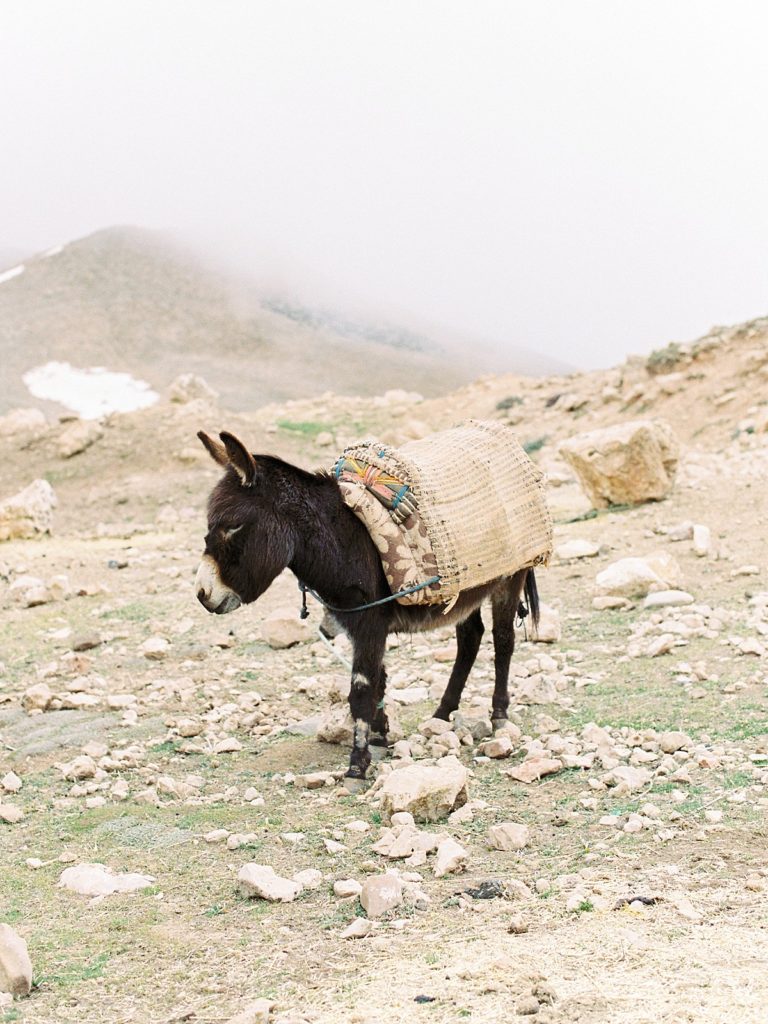
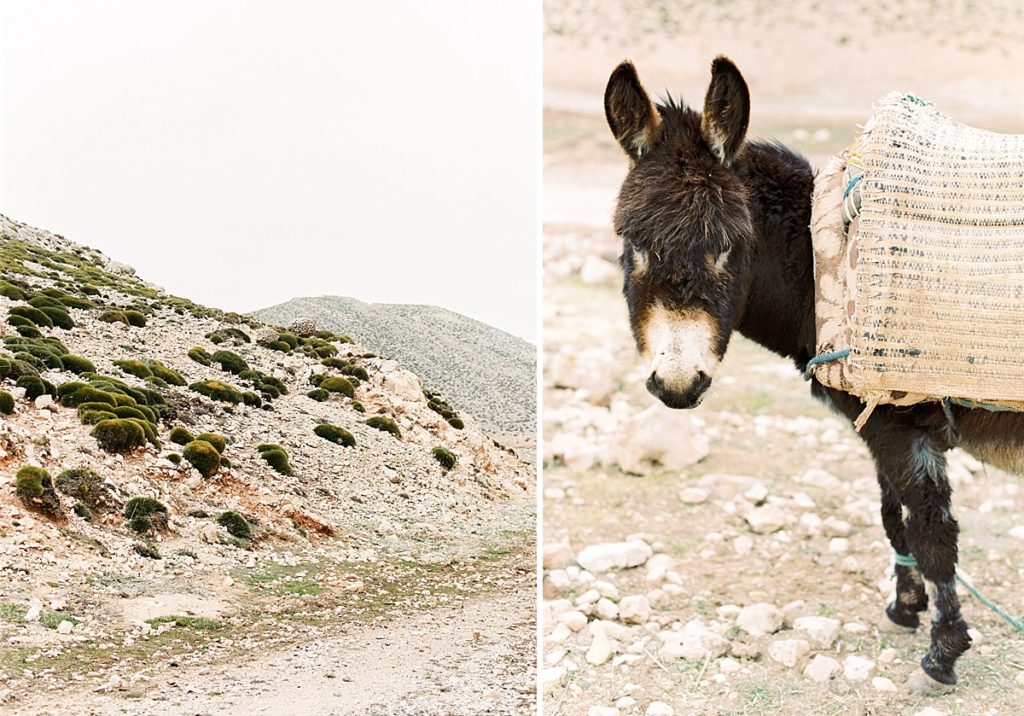
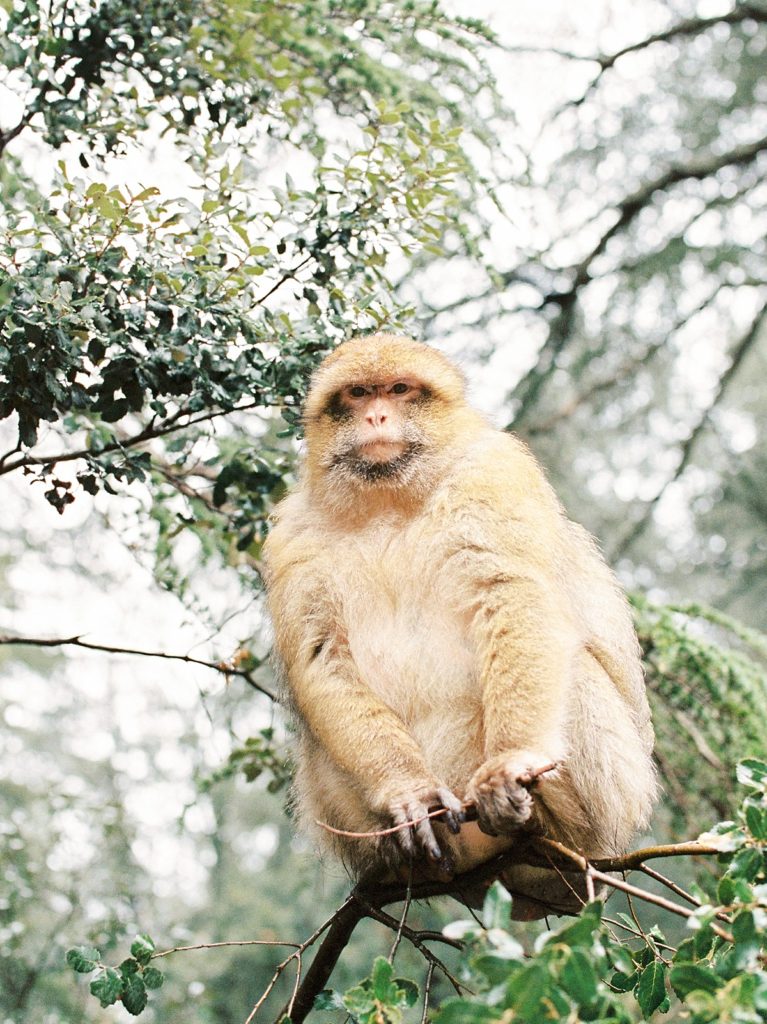
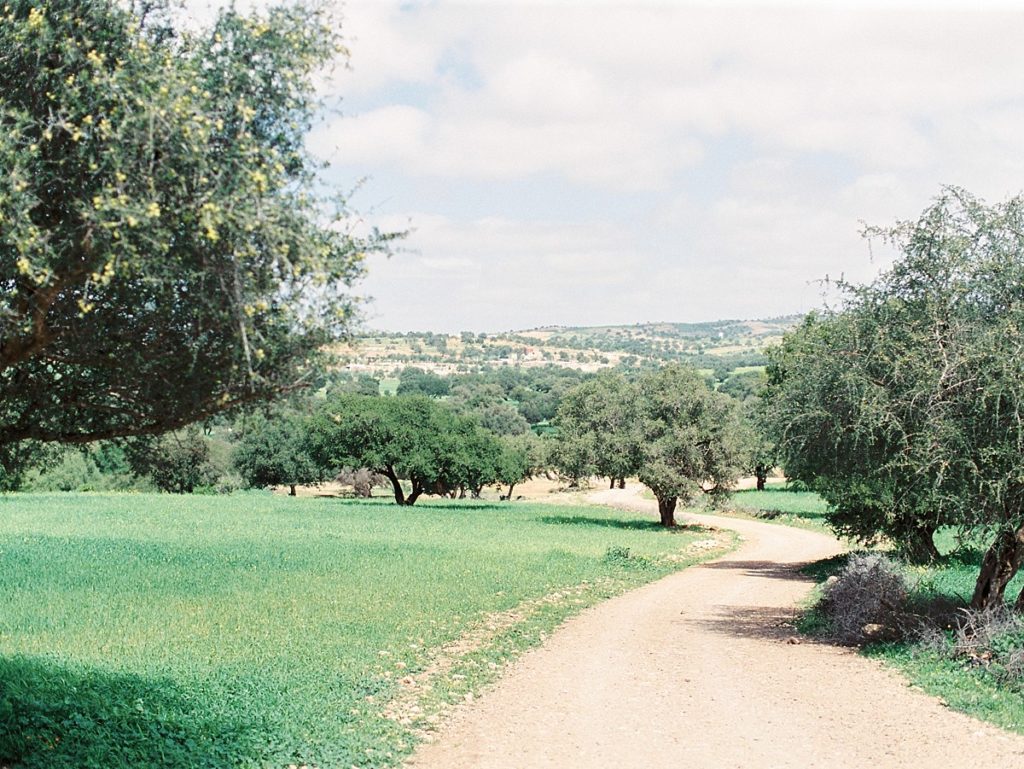
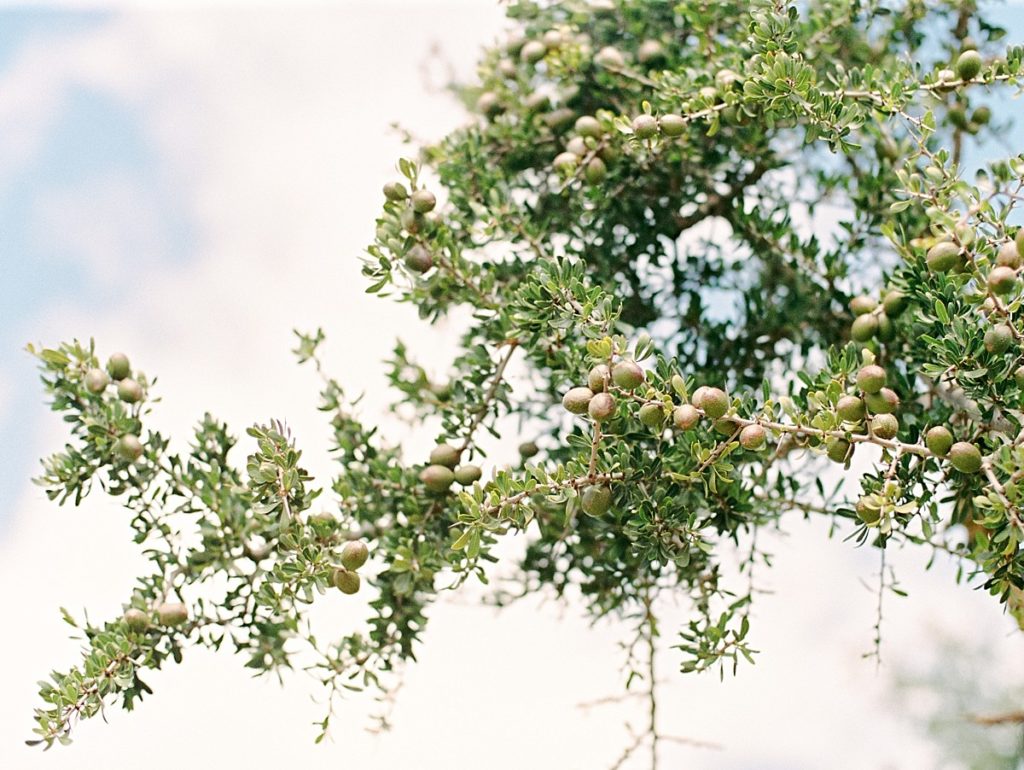
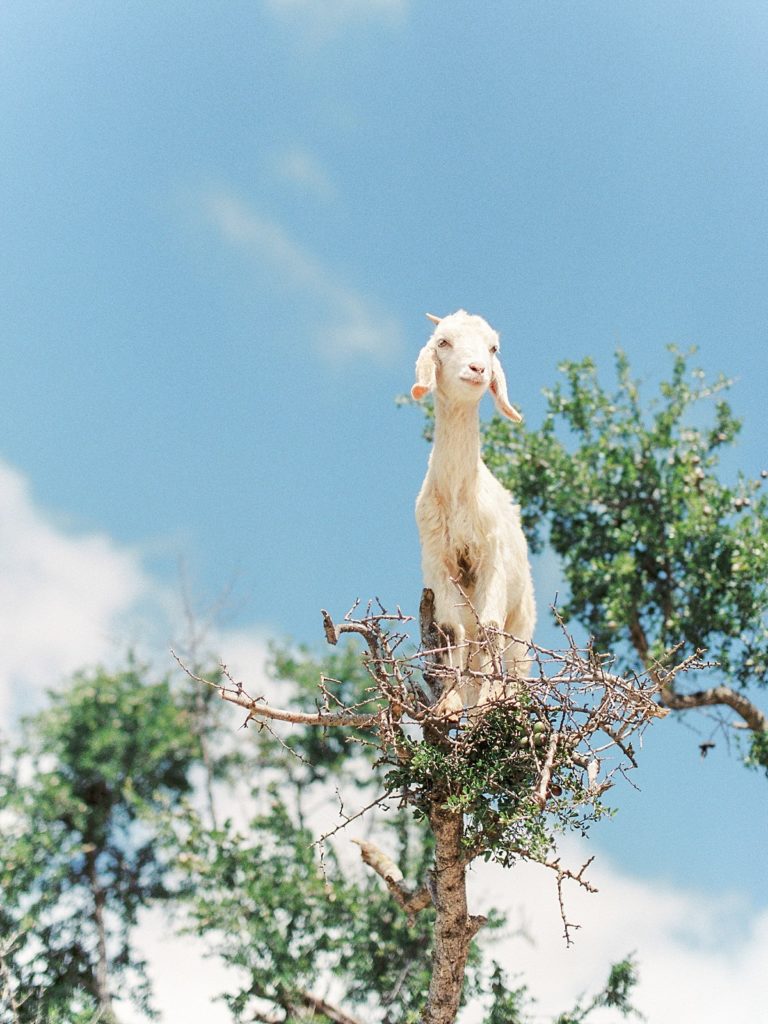
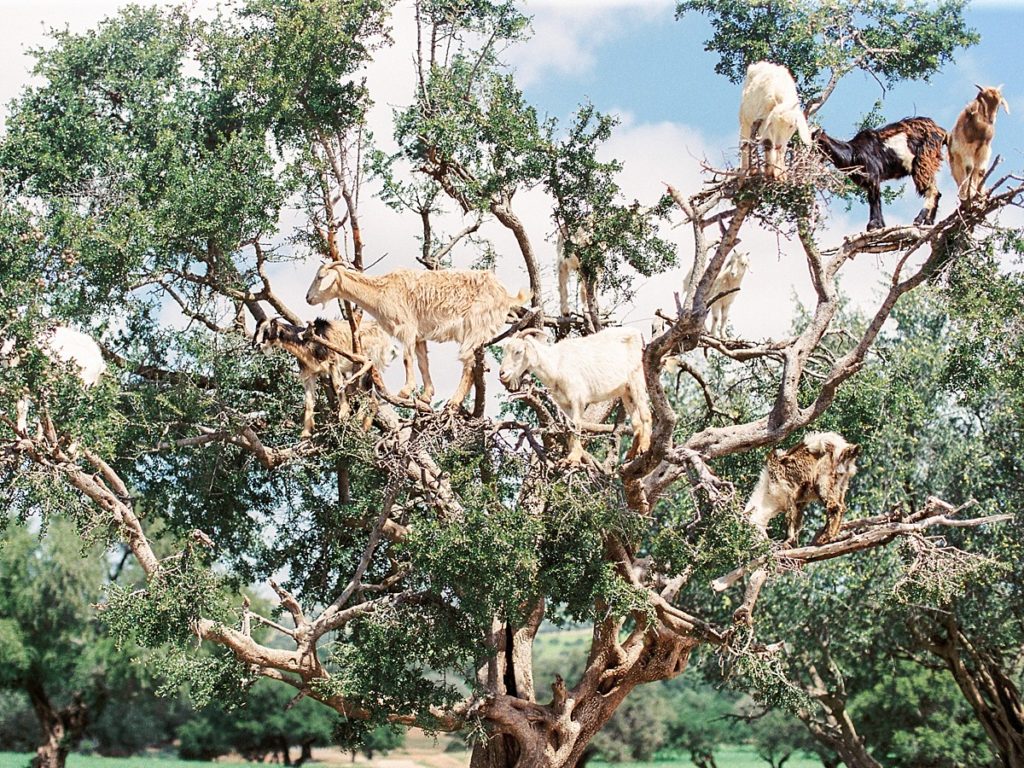
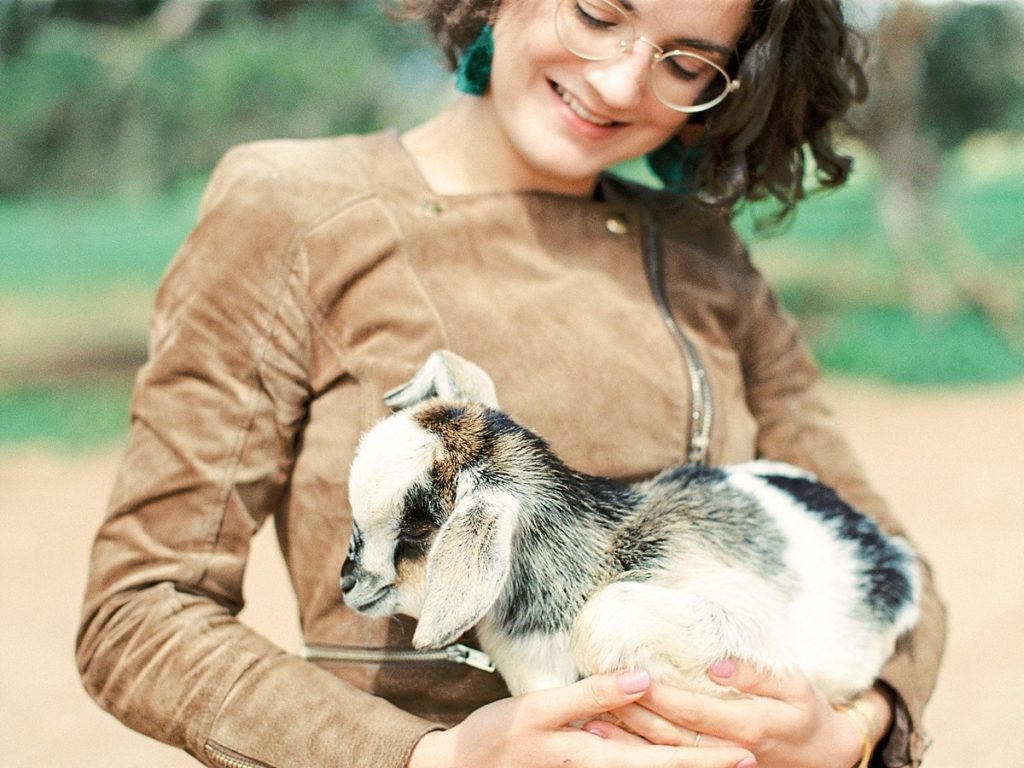
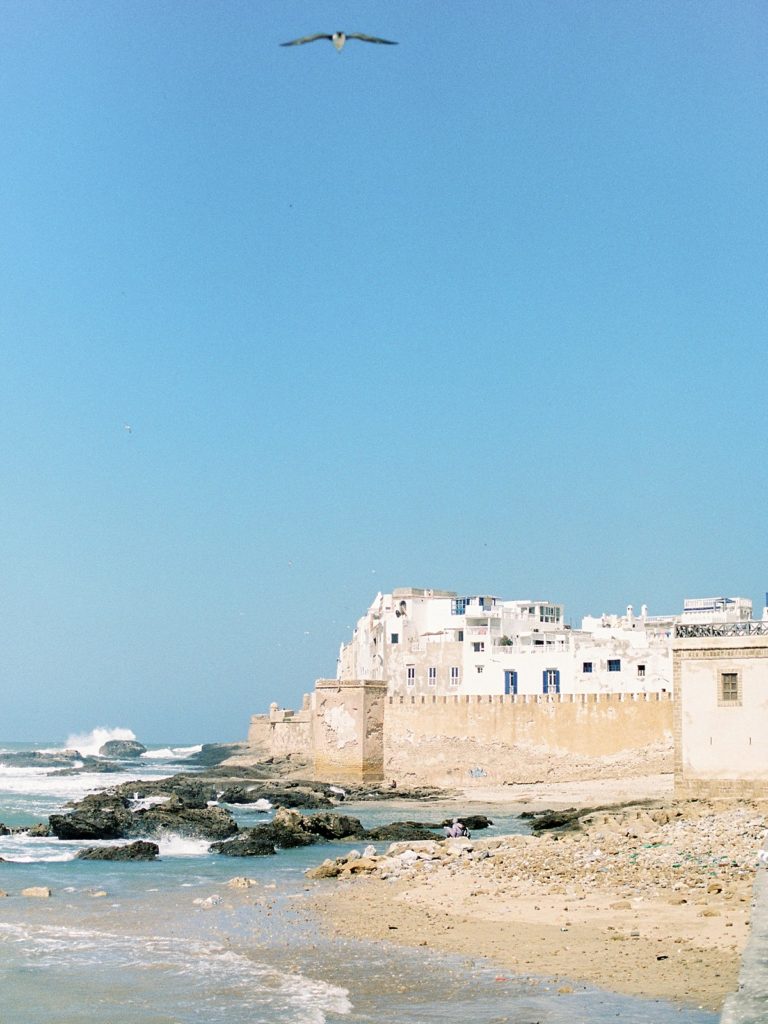
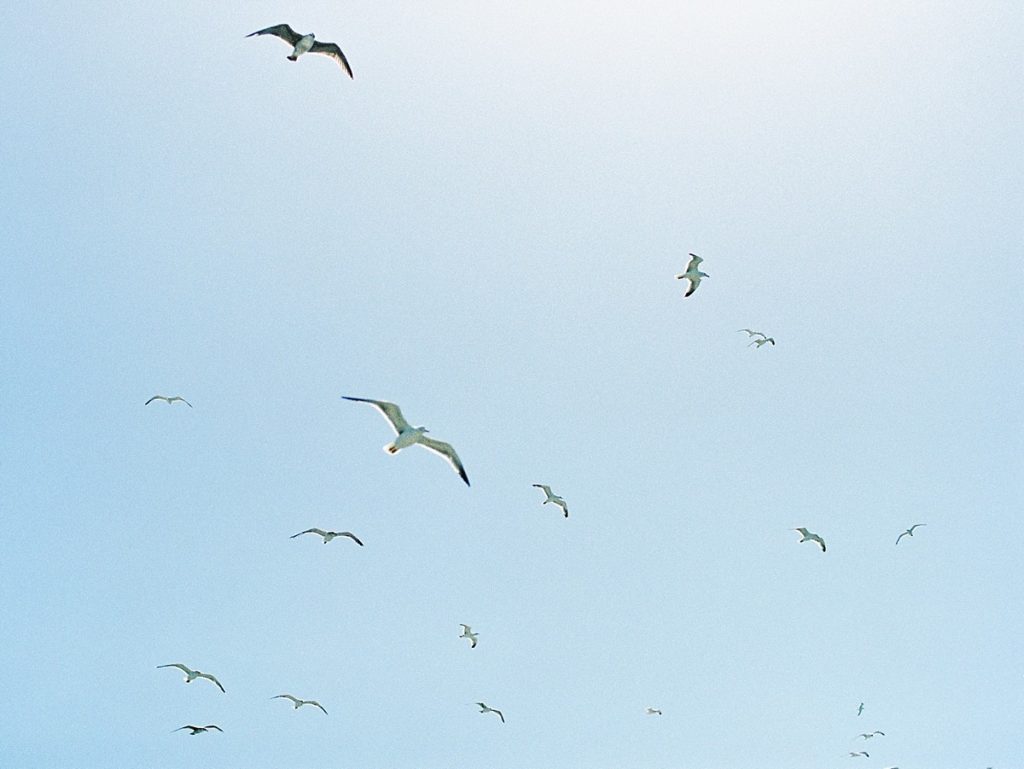
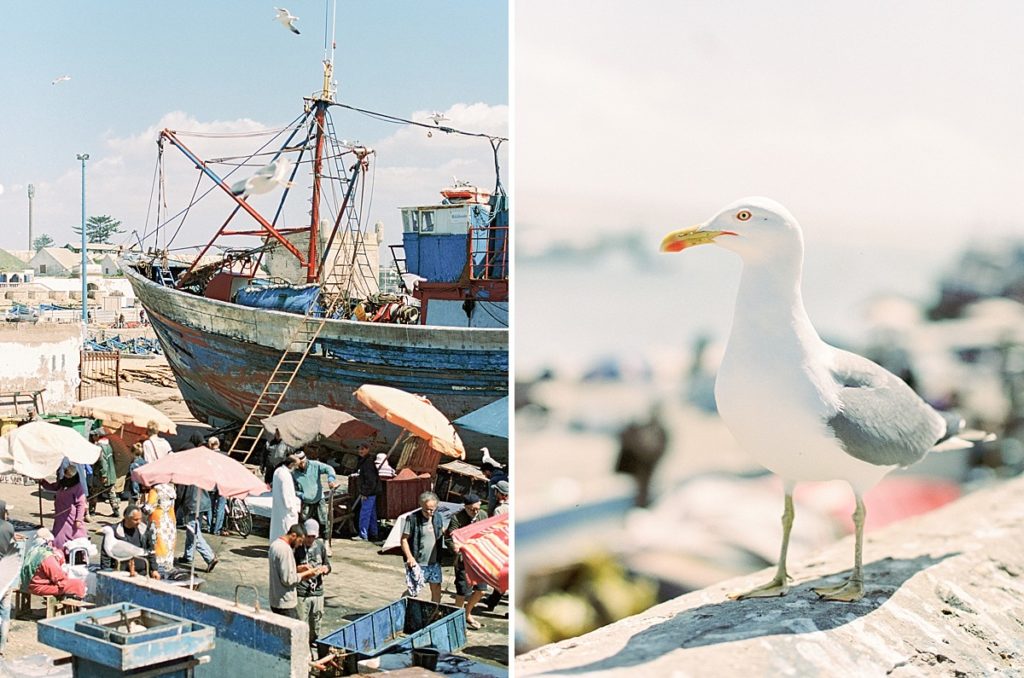
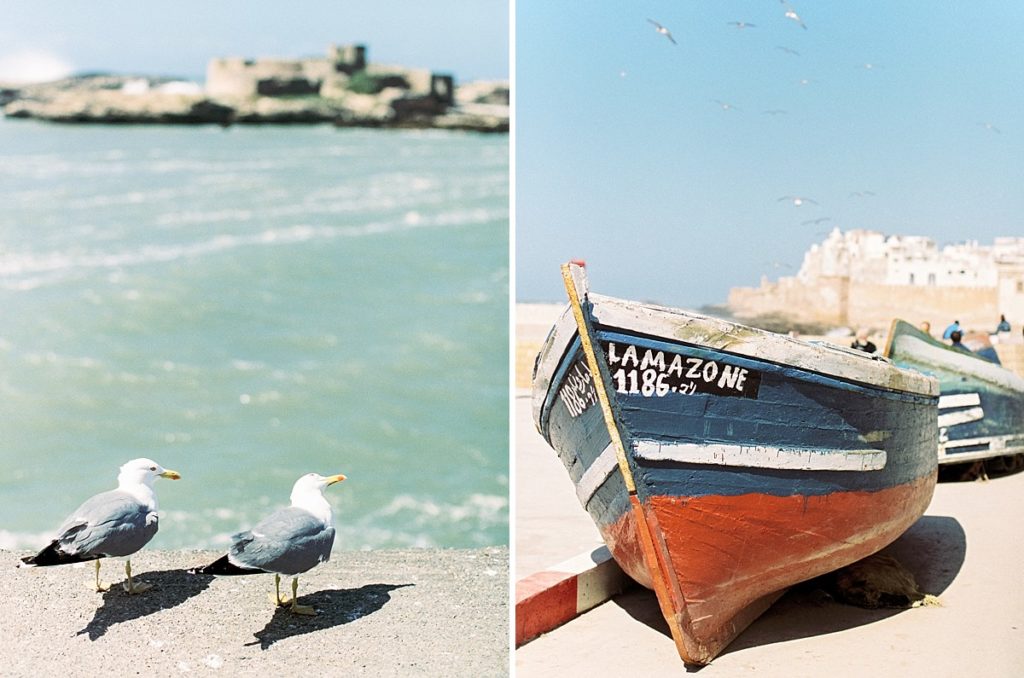
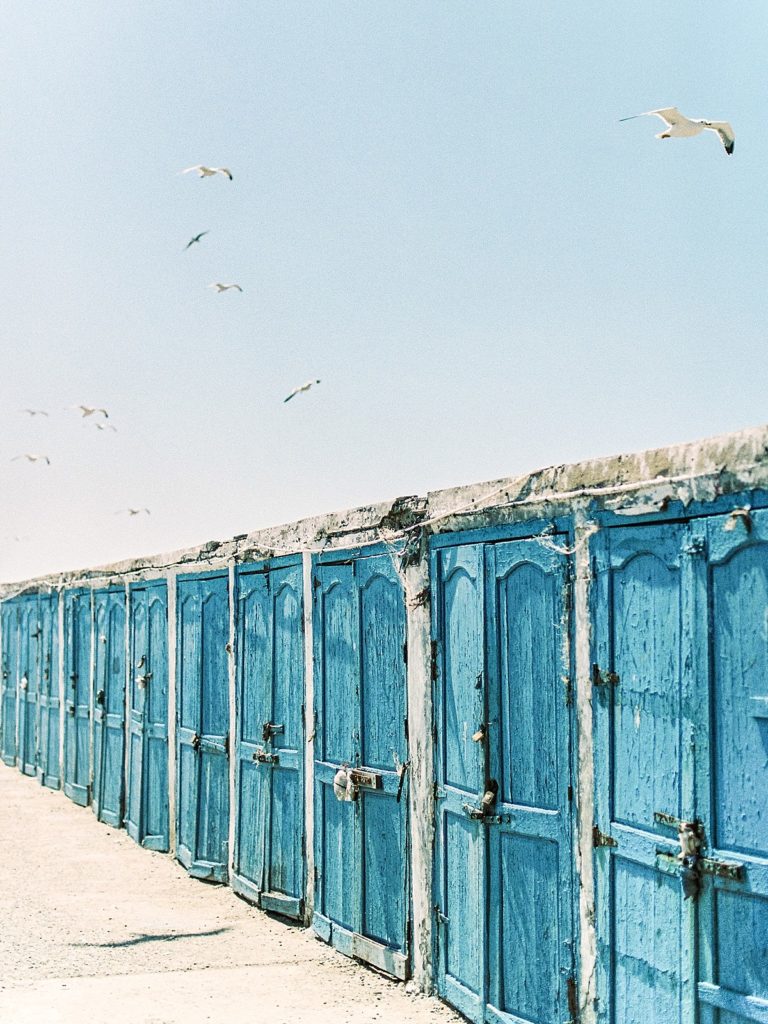
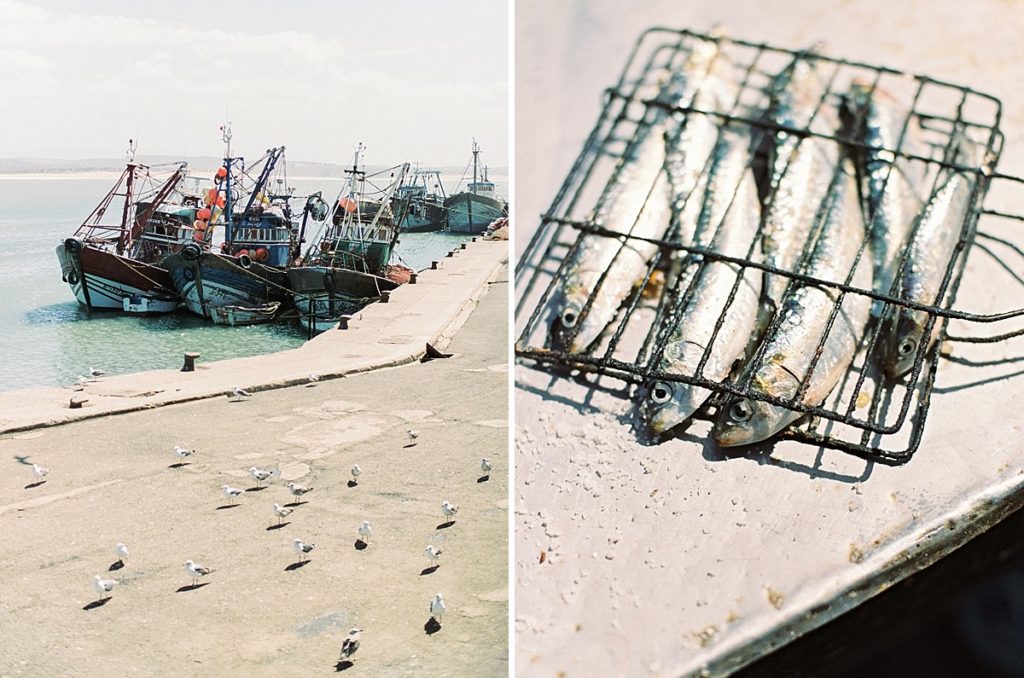
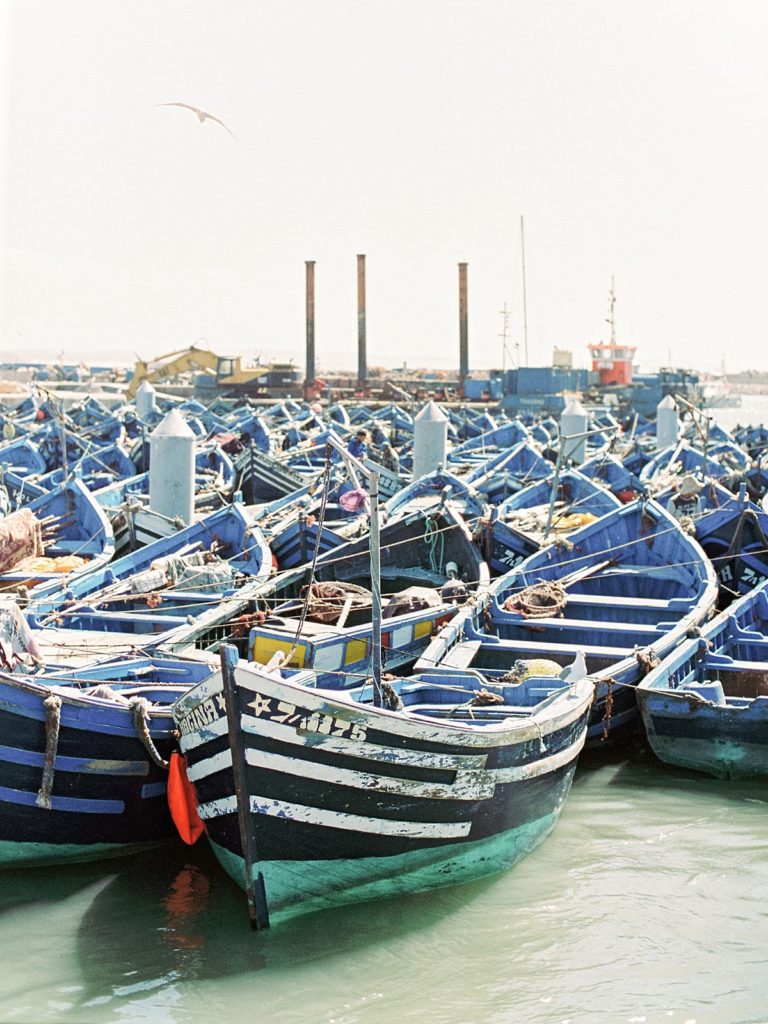
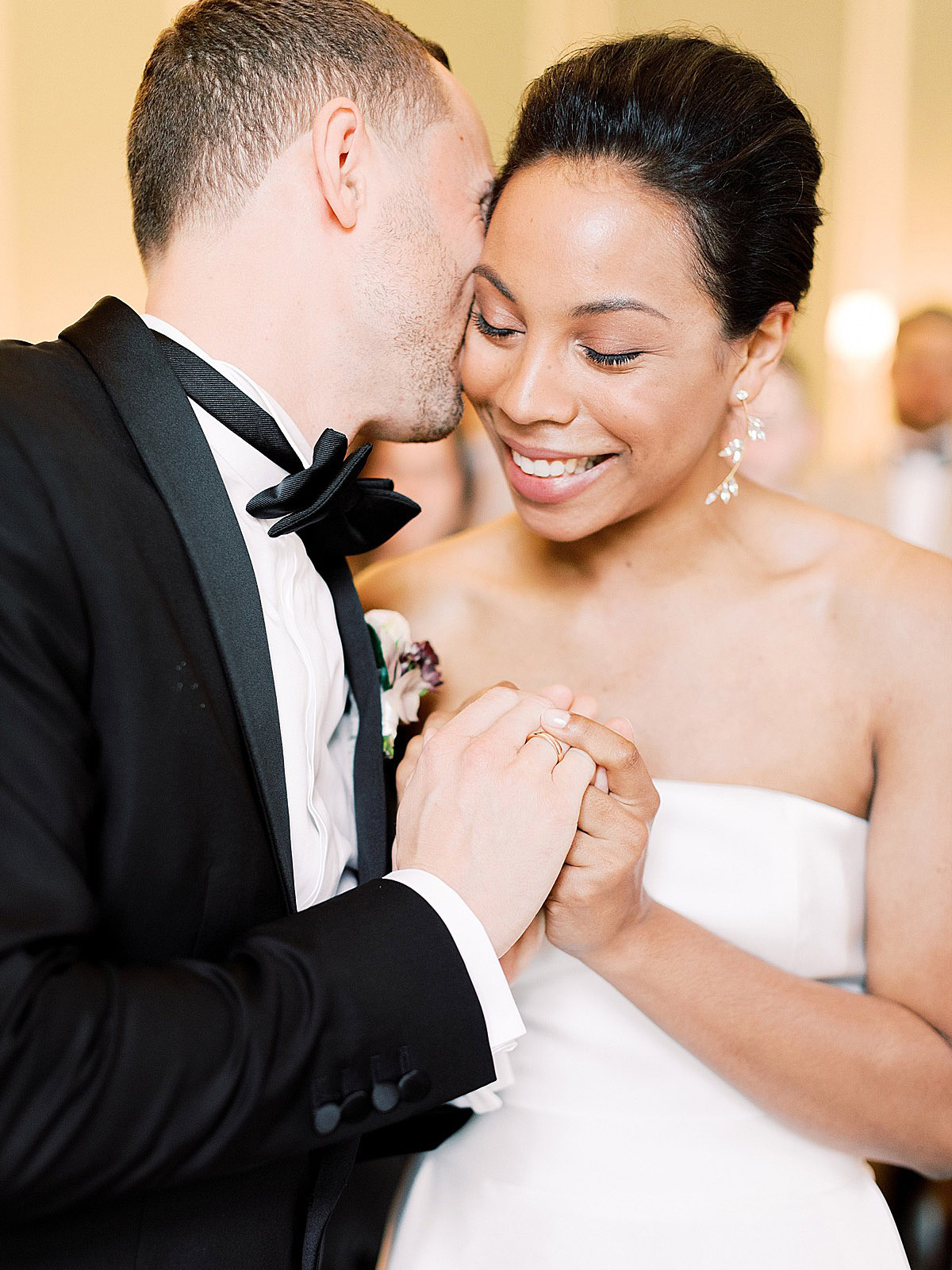
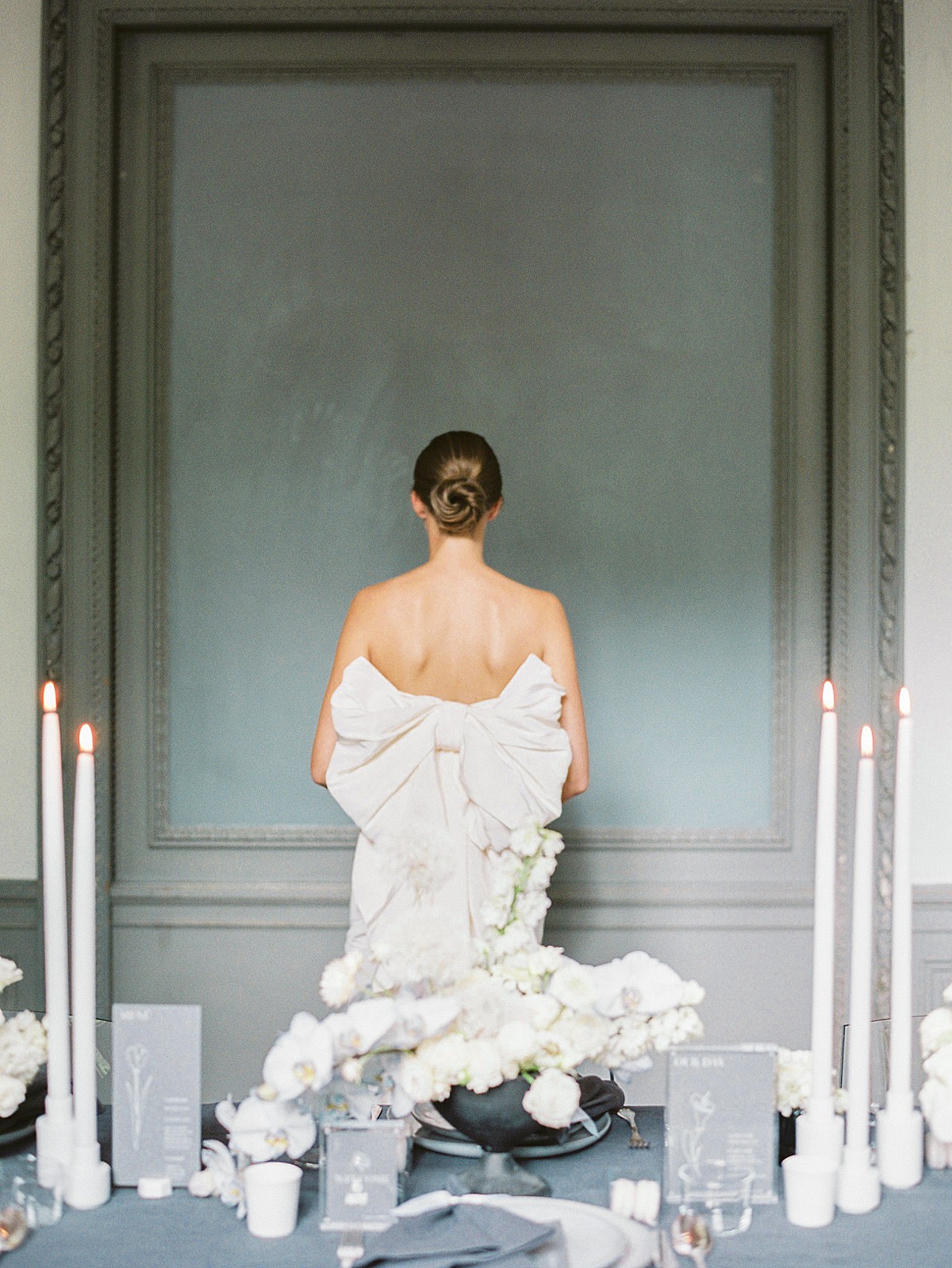
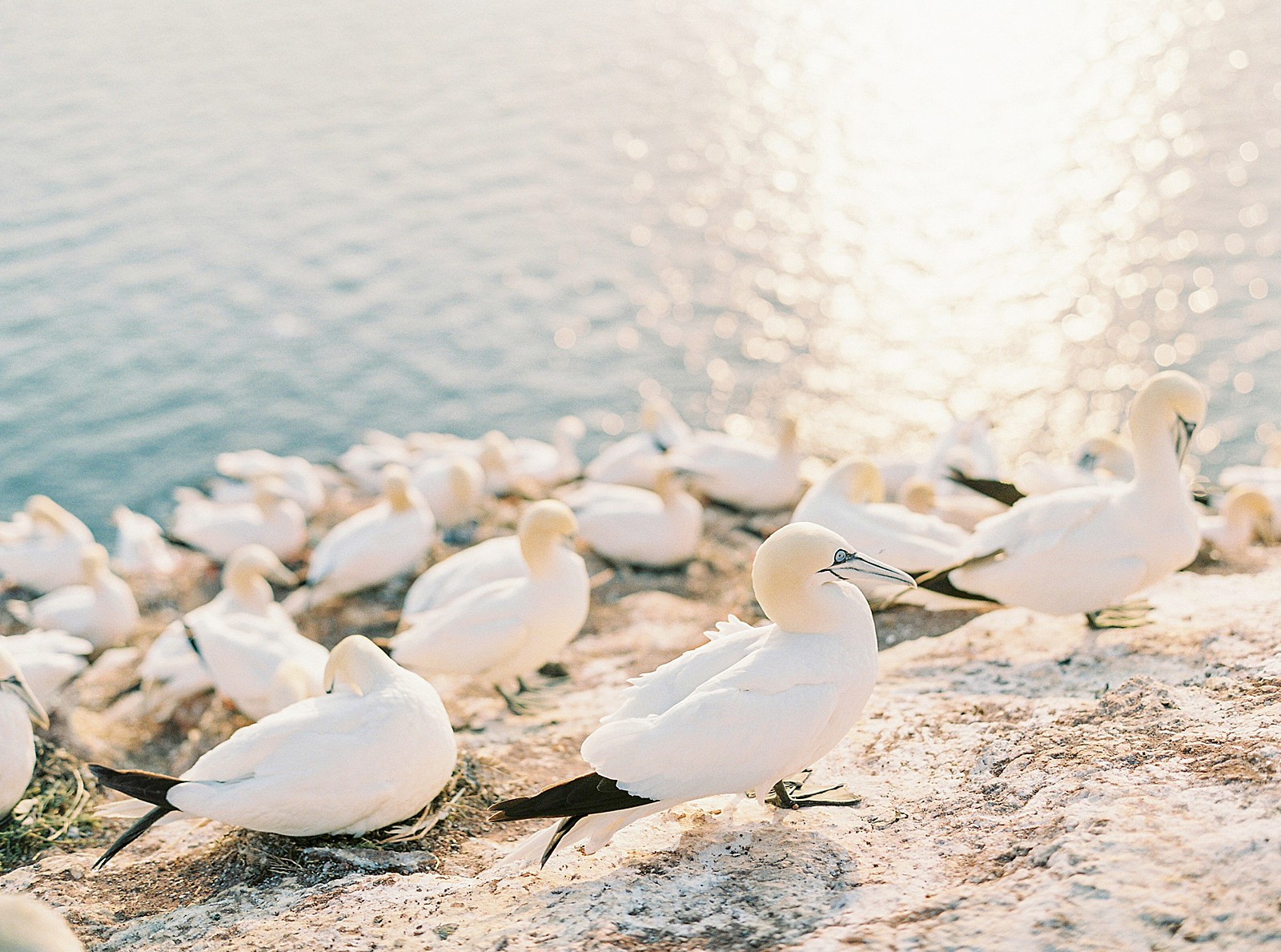
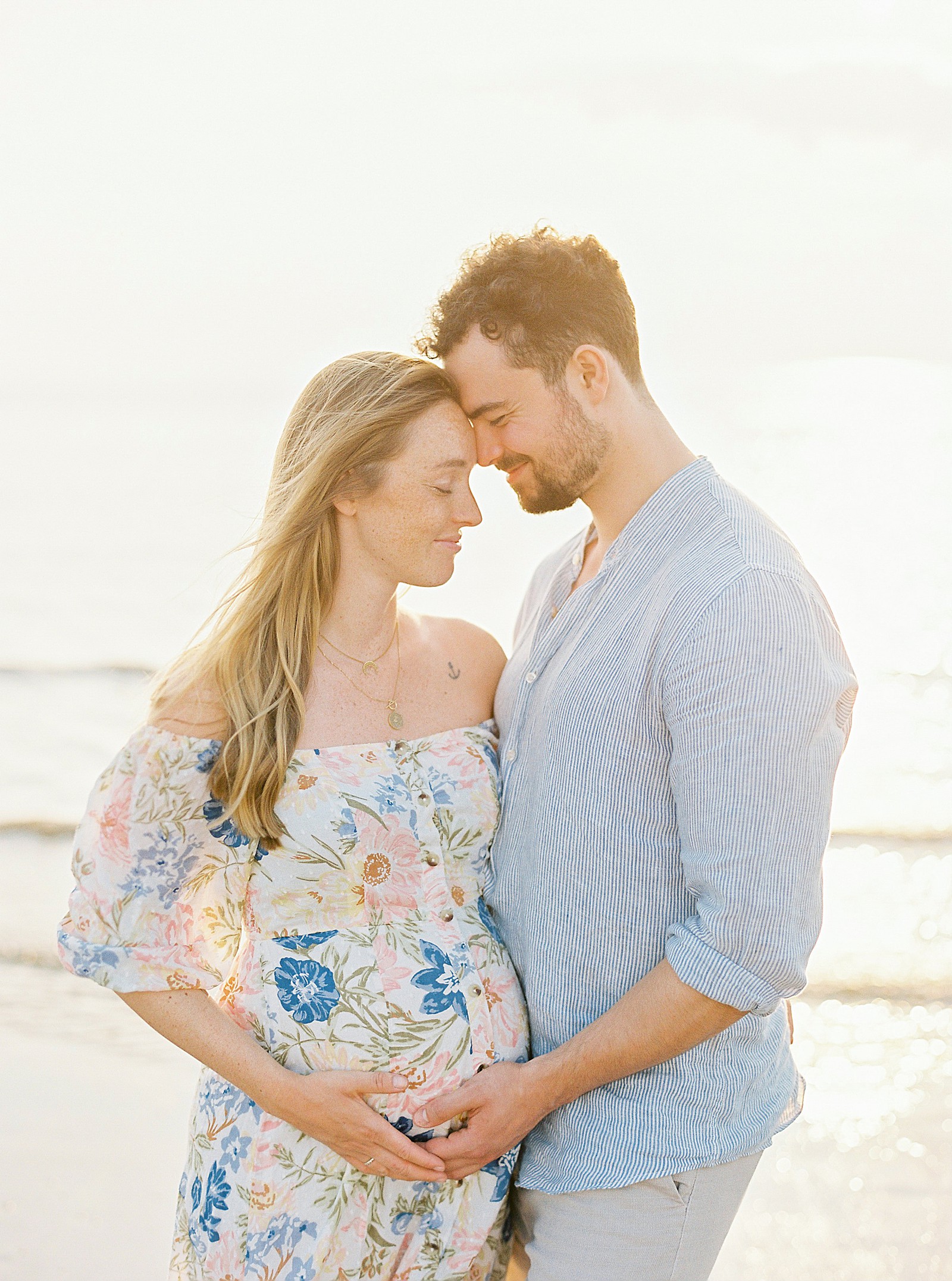
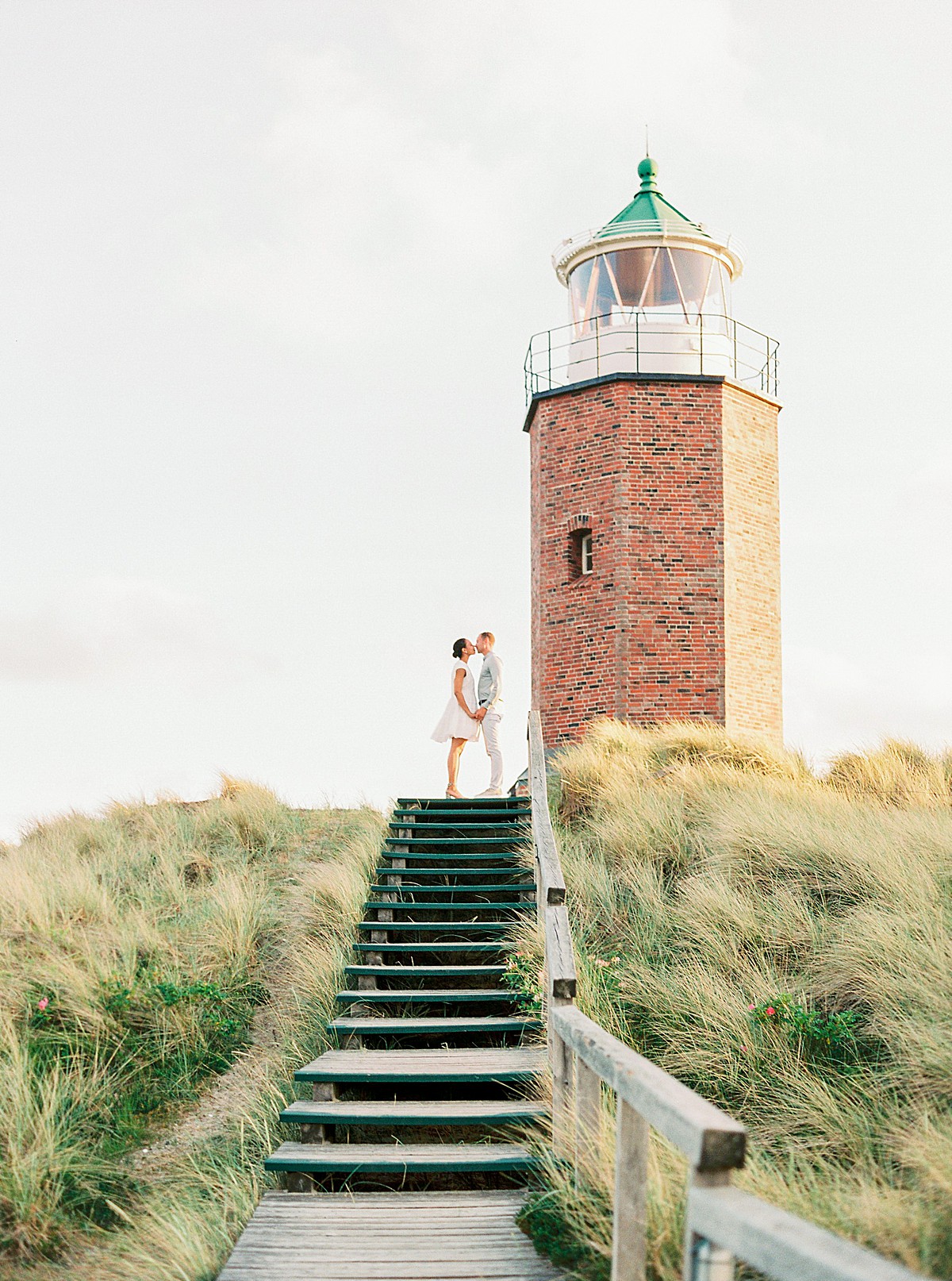
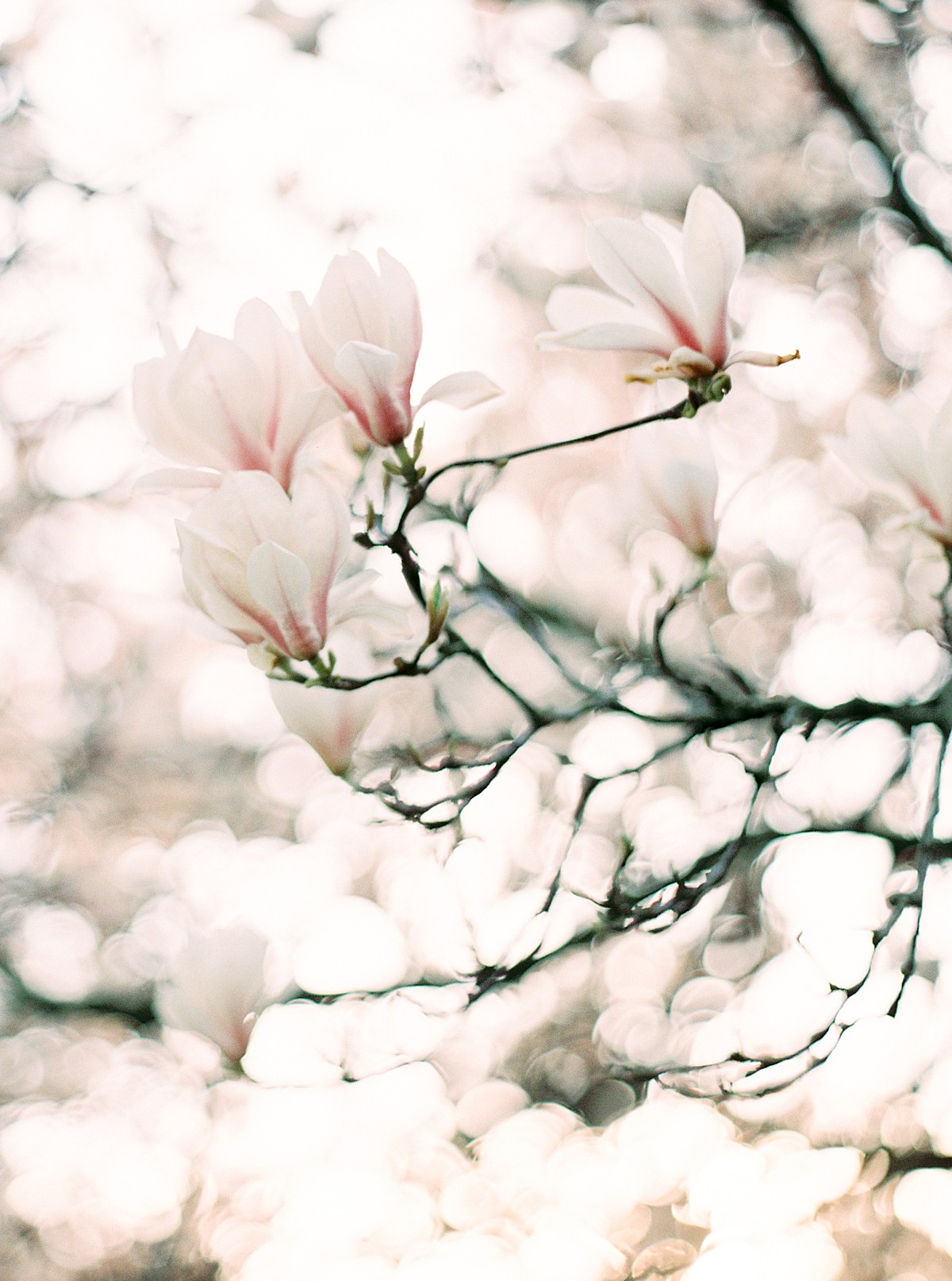
add a comment
+ COMMENTS